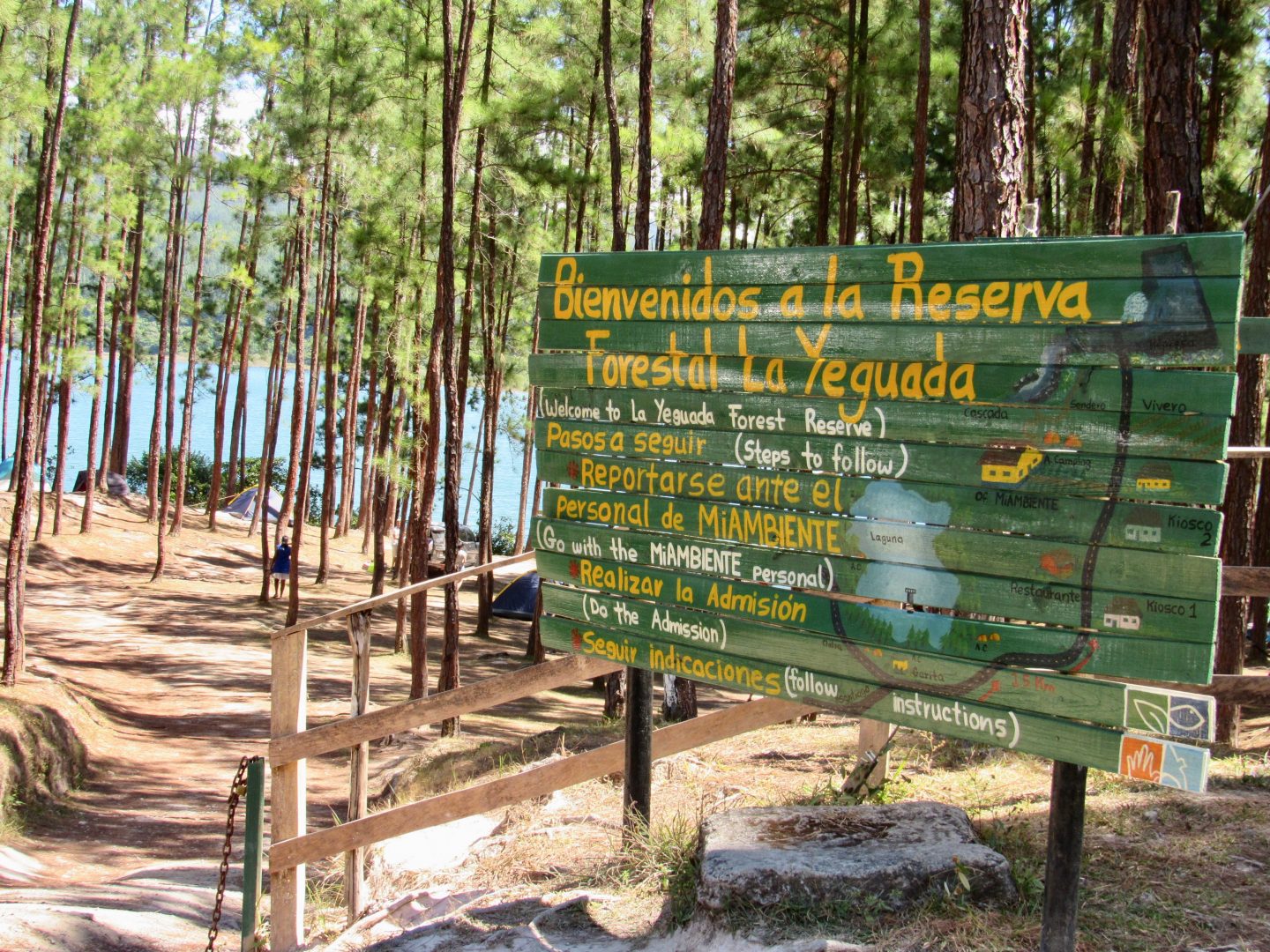At first glance, La Yeguada seems to be in Canada, not Panama. A beautiful lake of 1,125 km² really is the crater of a primitive volcano called Cerro Verde that serves to supply water to the hydroelectric plant of the same name.
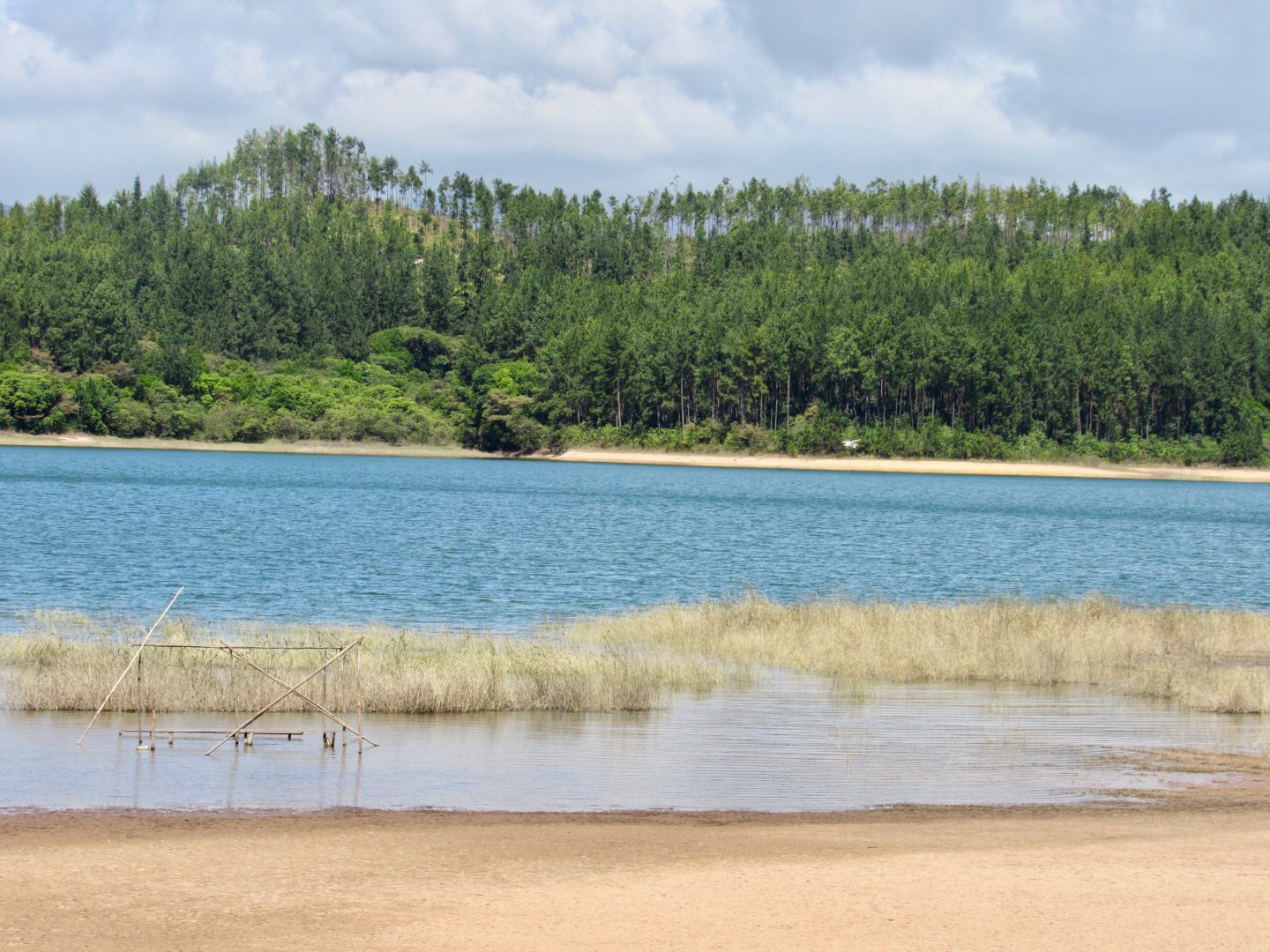
The San Juan and San Antonio rivers feed the reservoir that has a maximum depth of 6.5 meters. In its waters live species such as shad, tilapia, carp, guapote and others, which are fished by the locals.

Decree 94 of September 1960 created the Forest Reserve of the Lagoon of La Yeguada. It is said that the pine was planted in the government of Omar Torrijos to pay the debts of Panama from wood, I do not know if it is true or not. What is certain is that it was the first forest reserve in the country.
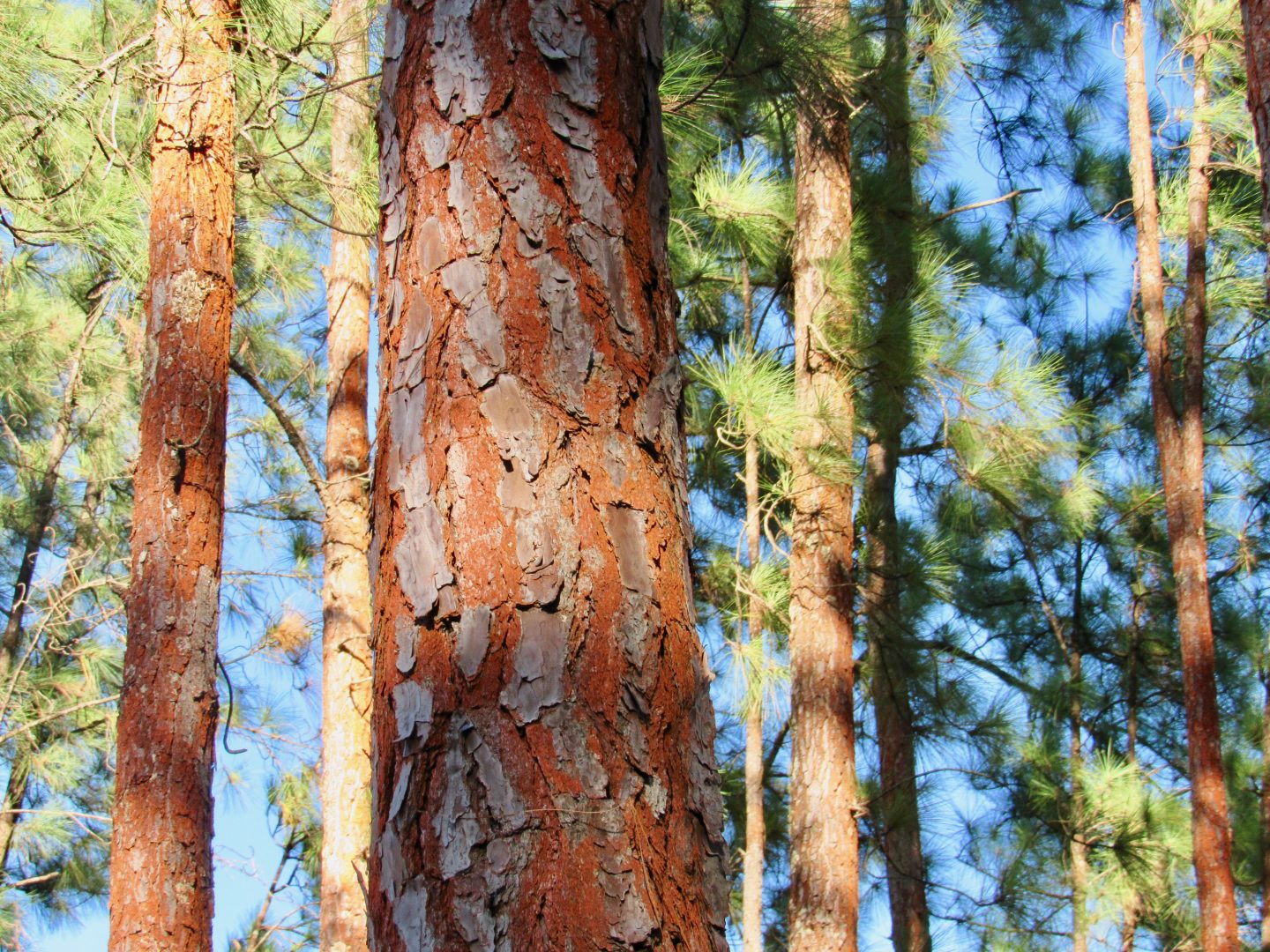
Its surface area is 7,090 hectares, of which 3,000 are planted with Caribbean pine, which serves to protect the watershed. The pines were planted by the locals, especially the women of the area, since 1967.
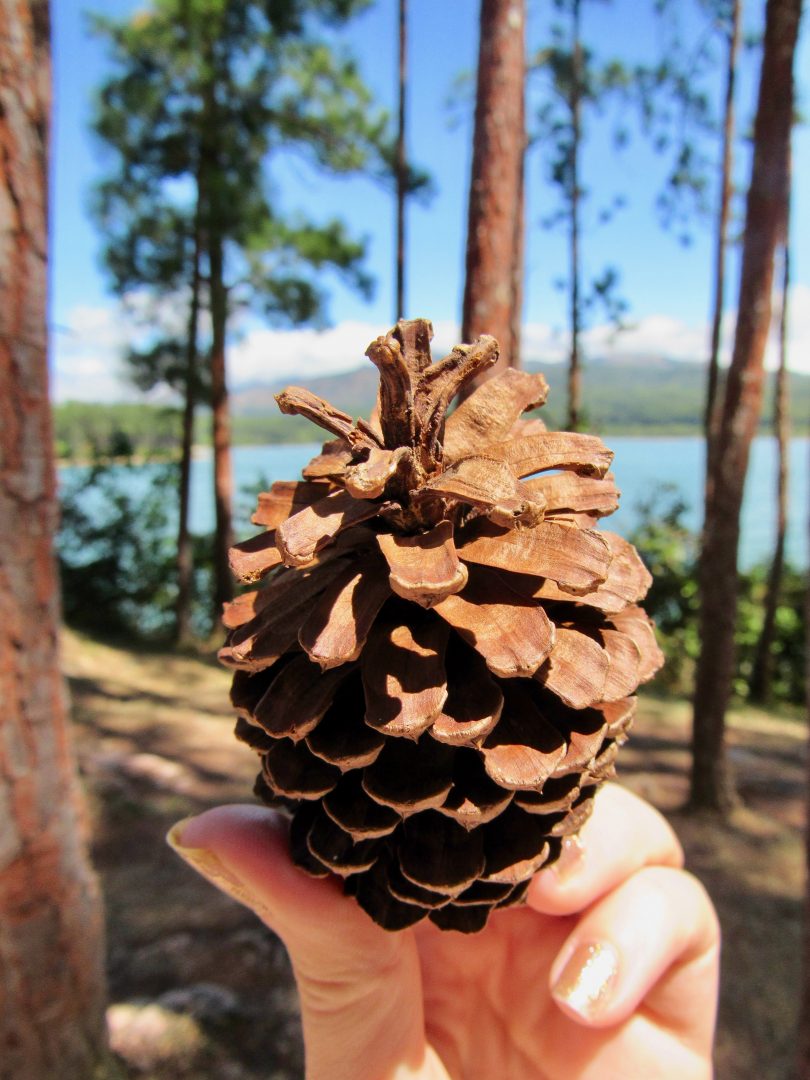
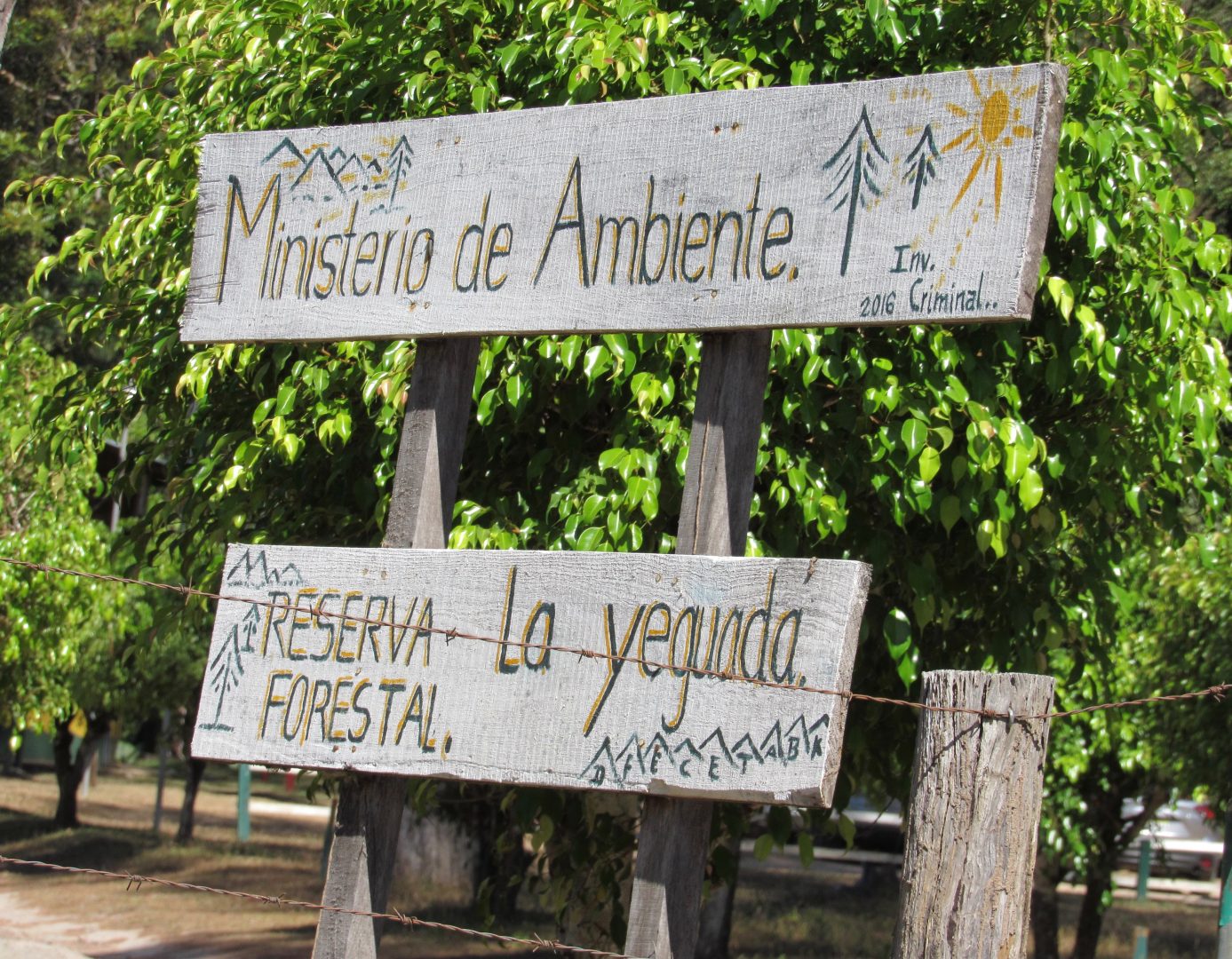
Because of its natural beauty, La Yeguada has become one of the favorite camping areas for Panamanians and tourists.
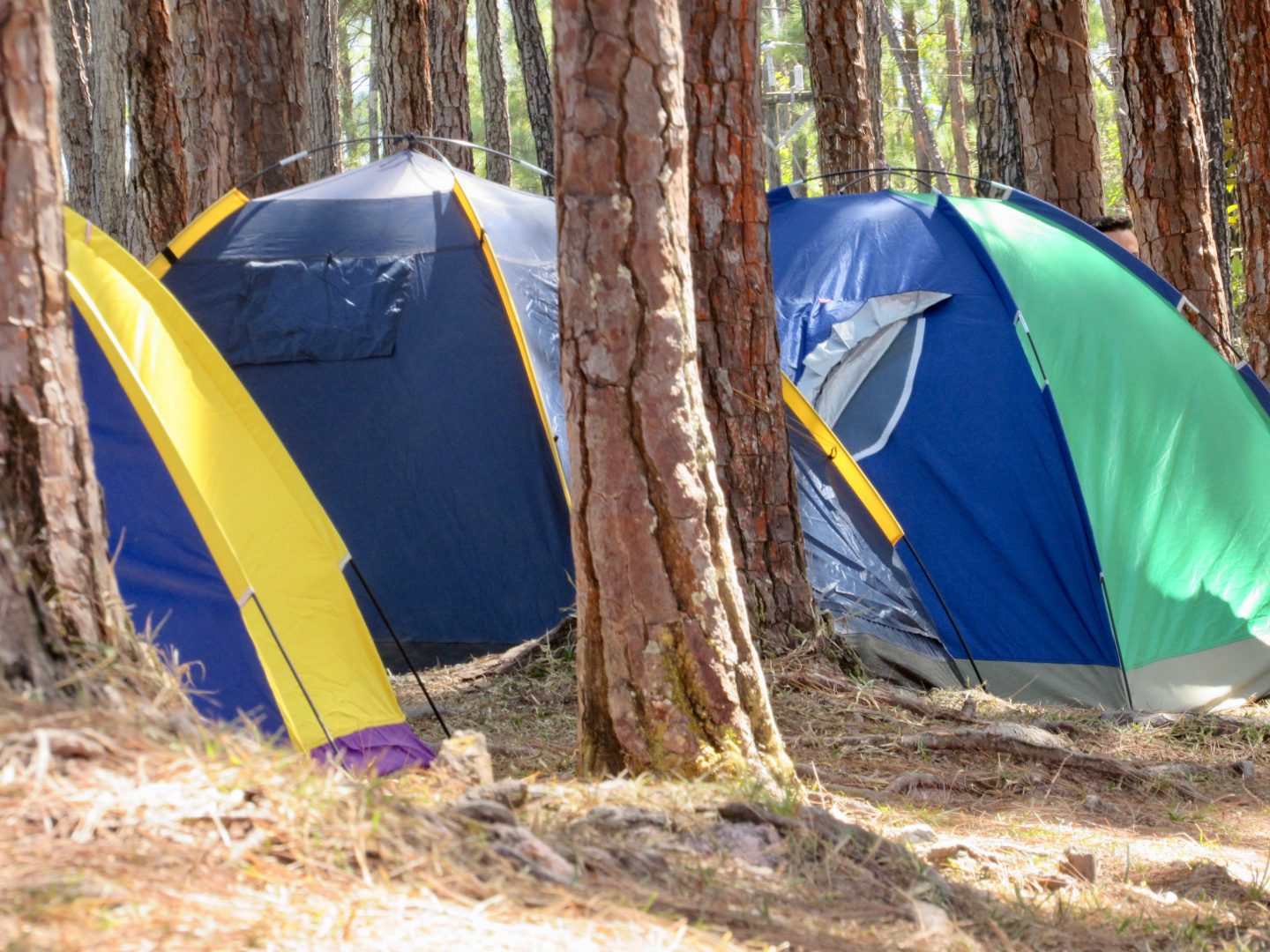
How to get to La Yeguada?
We left Panama City at around six in the morning to take advantage of the day. We made a technical breakfast stop in Penonome. Keep on driving on the Pan-American Highway until you reach Aguadulce. You should be paying attention about 15 kilometers later to turn right when you see a sign that says El Jagüito.
The road is pretty well paved and offers a very picturesque landscape as you go up the mountains. You will reach Calobre about 30 kilometers after you turn. If you need to contact someone you should do so since this is the last point with good cell phone signal. Right after there are some thermal wells, which we did not have the opportunity to visit, but they are signposted on the road.
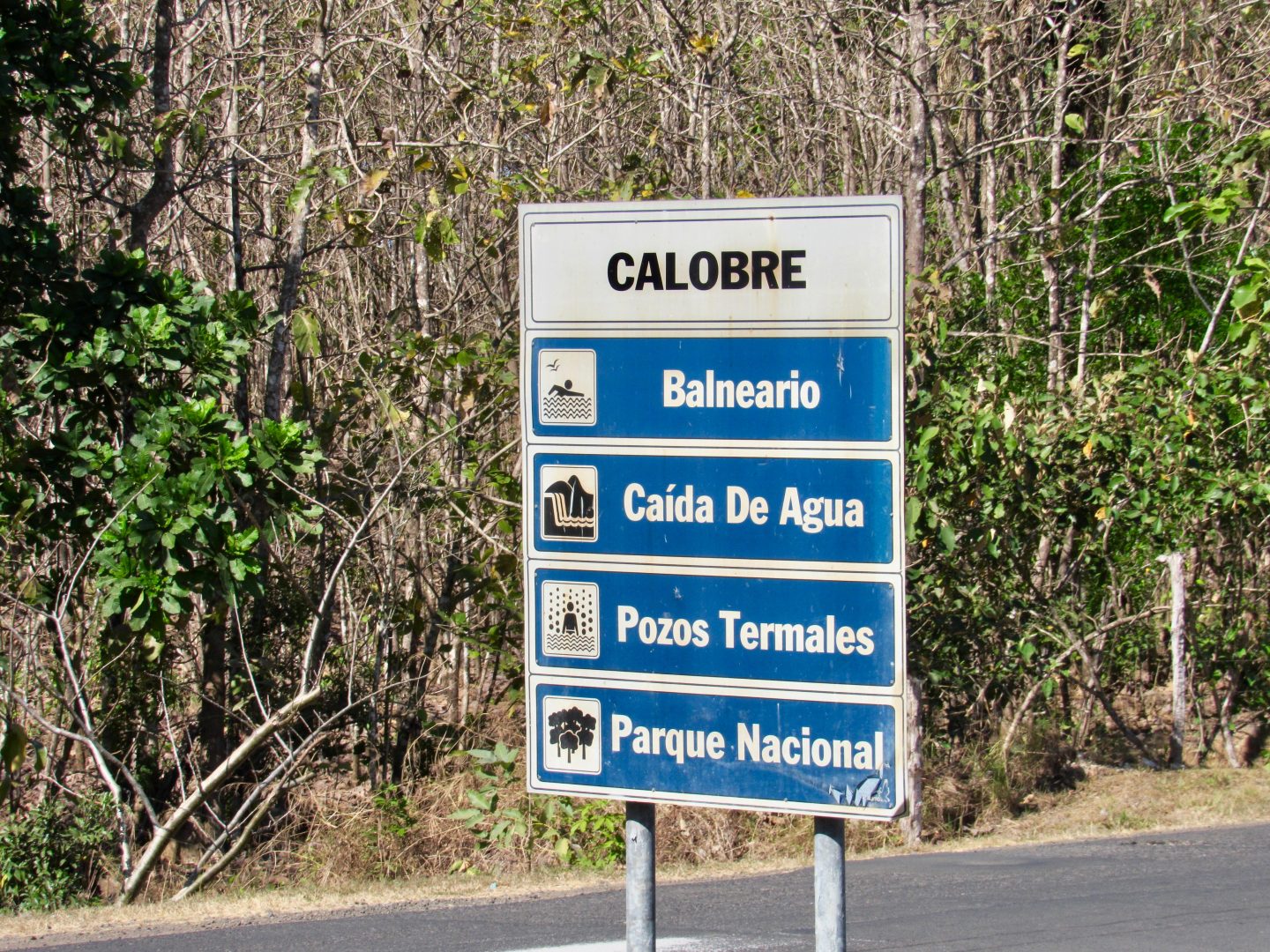
It was a pigeonpea season, a type of bean that is used in Panamanian cuisine, and the whole road was full of flowering plants. We stopped for a while in a house to photograph some fish that were drying in the sun, something very traditional from the interior of Panama.
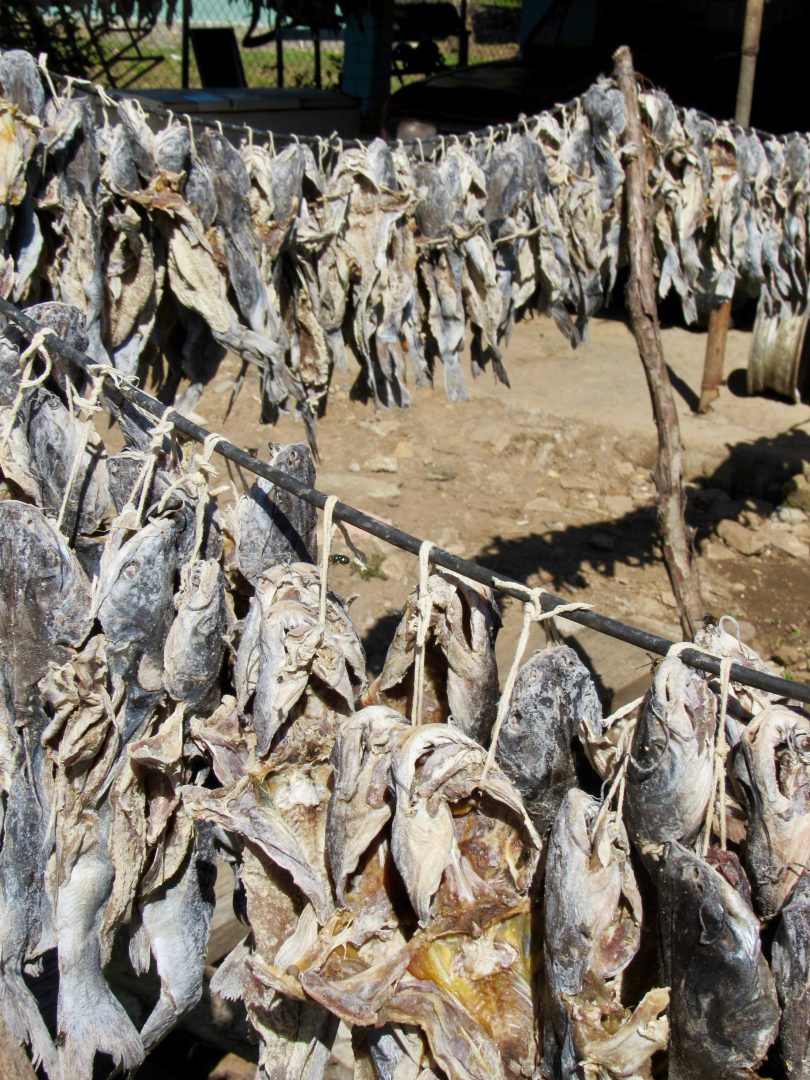
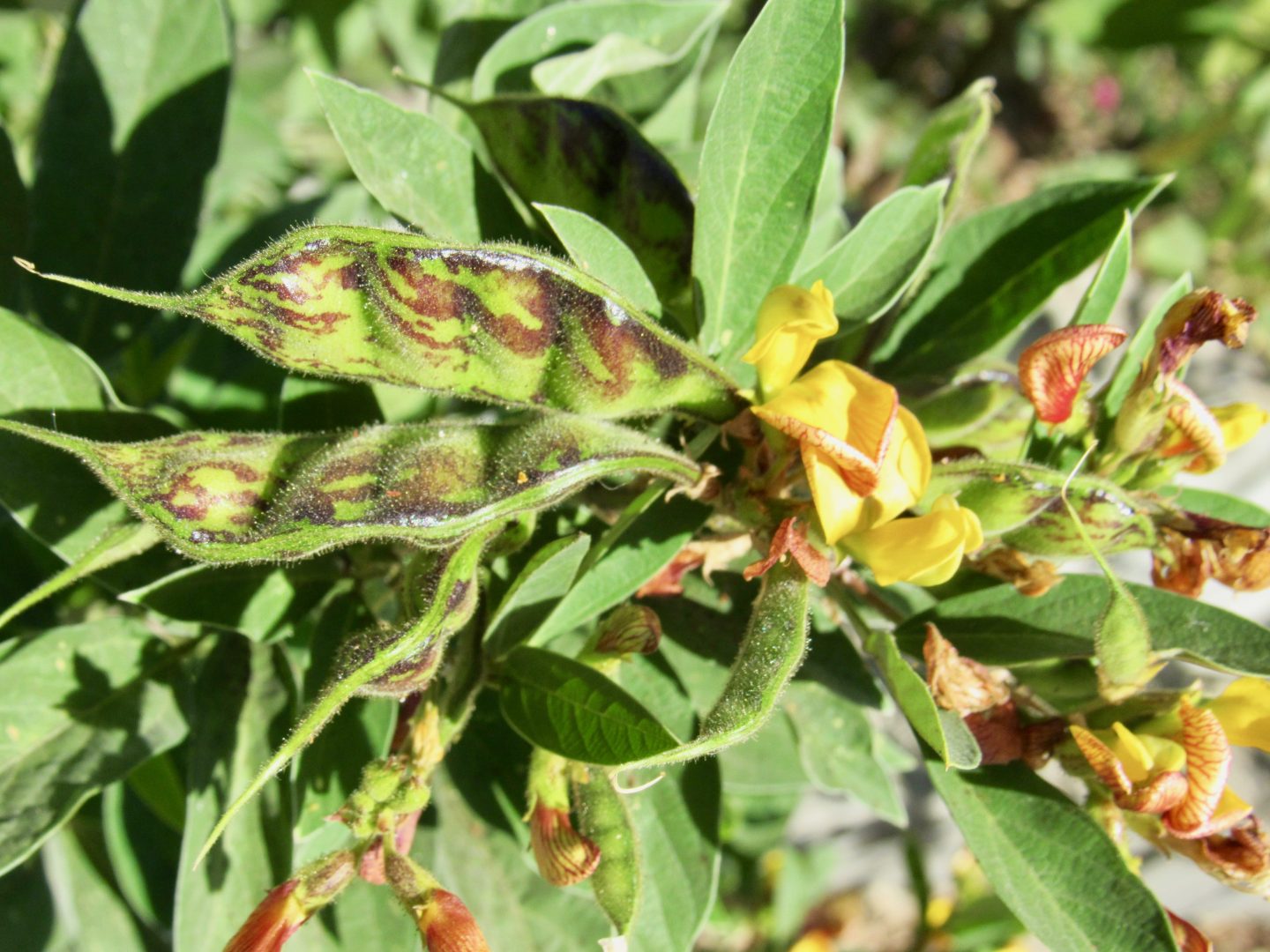
20 kilometers more and you will arrive at your destination of La Yeguada. You will see the machines of the hydroelectric and lines of pipeline that go down from the mountain to feed it.
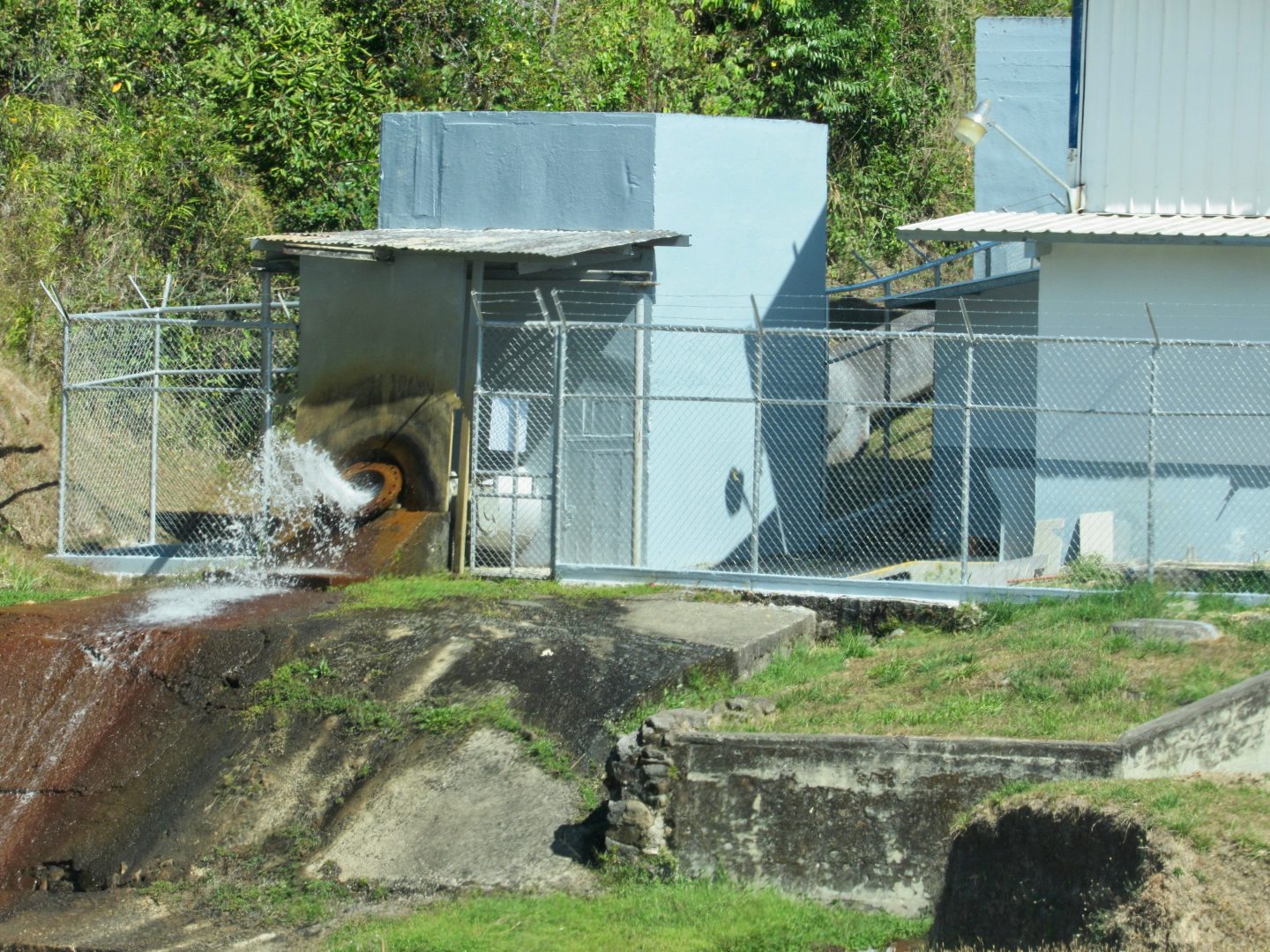
As you go up, the landscape becomes more mountainous, full of pine trees. In total the trip took us about 4 hours.
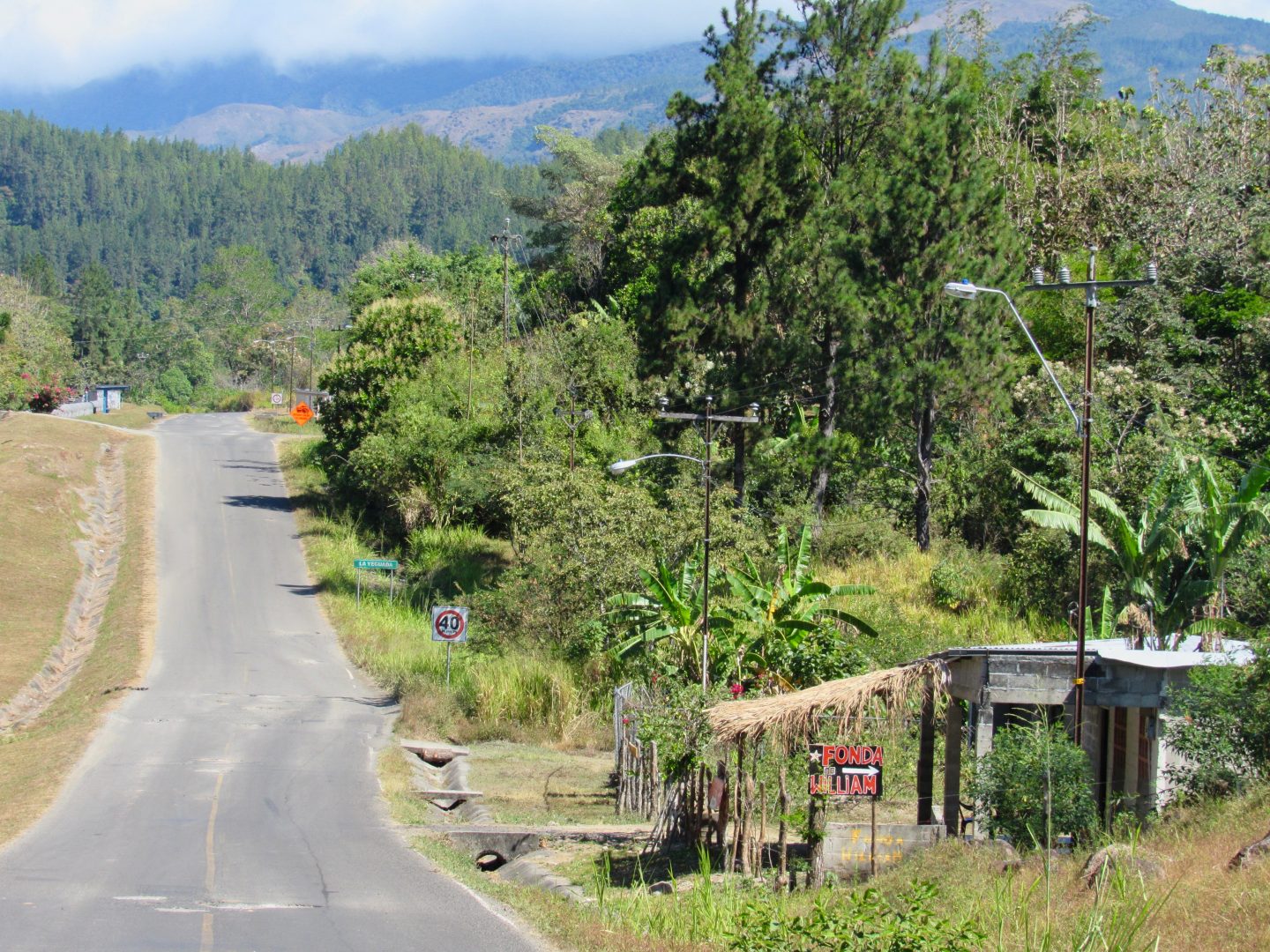
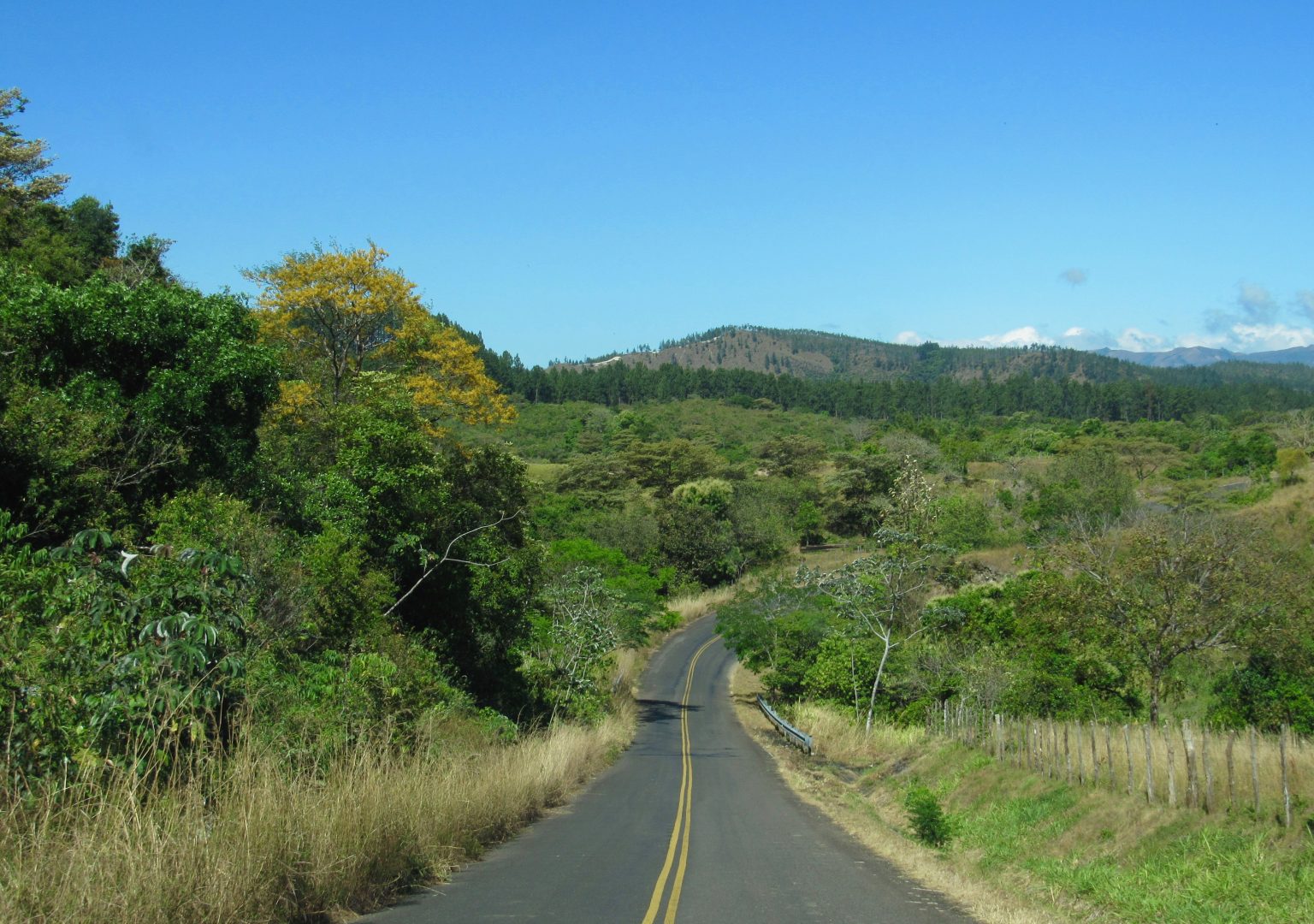
The rest of our group decided to sleep in the Mykonos Hotel in Santiago and they drove another 17 kilometers to reach the San Francisco district where there is a very historical church. There you must turn right and drive 22 kilometers to Calobre and then 20 kilometers to La Yeguada.
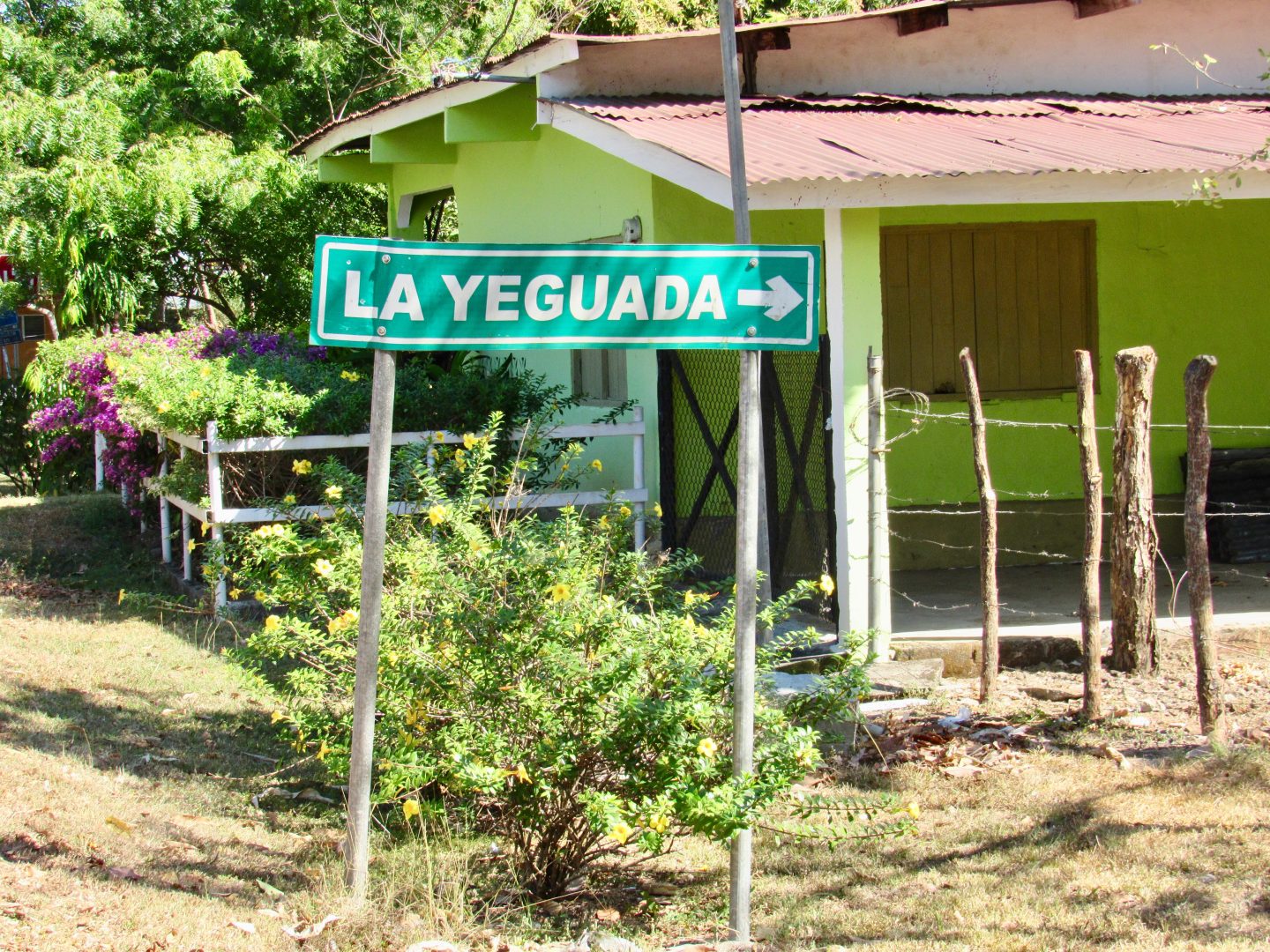
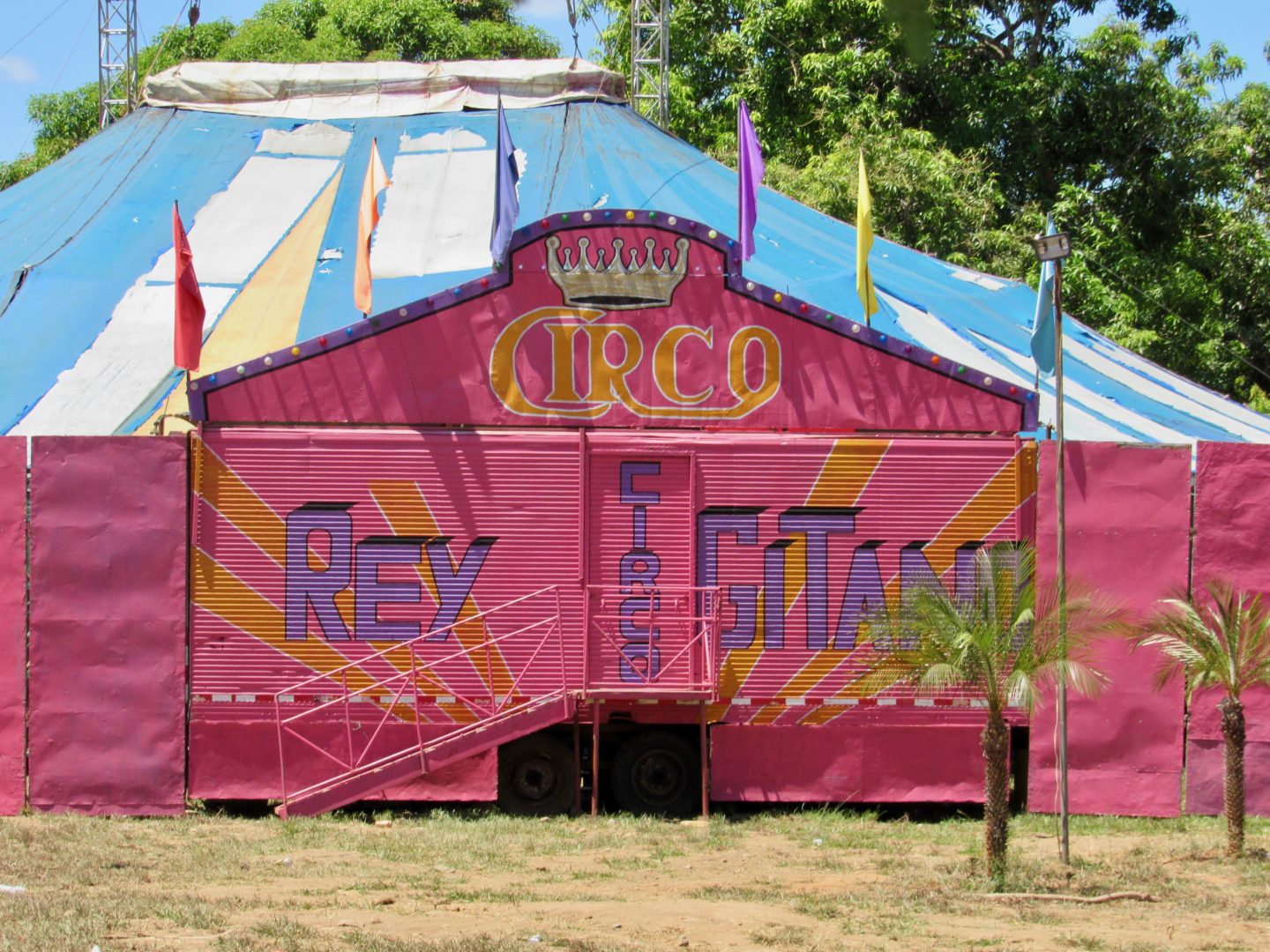
What to do?
Before it was allowed to bathe in the lake, but now there is a sign that says it is prohibited. There is a large tower in the middle of the lake that serves to measure the water level.
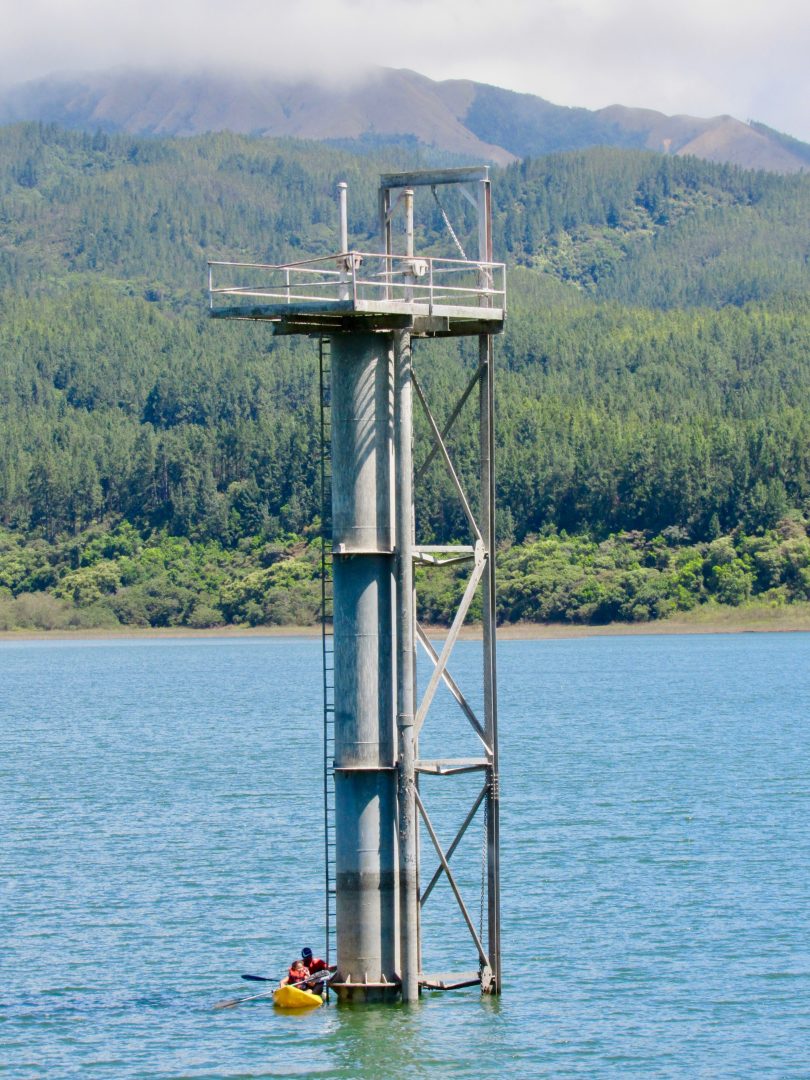
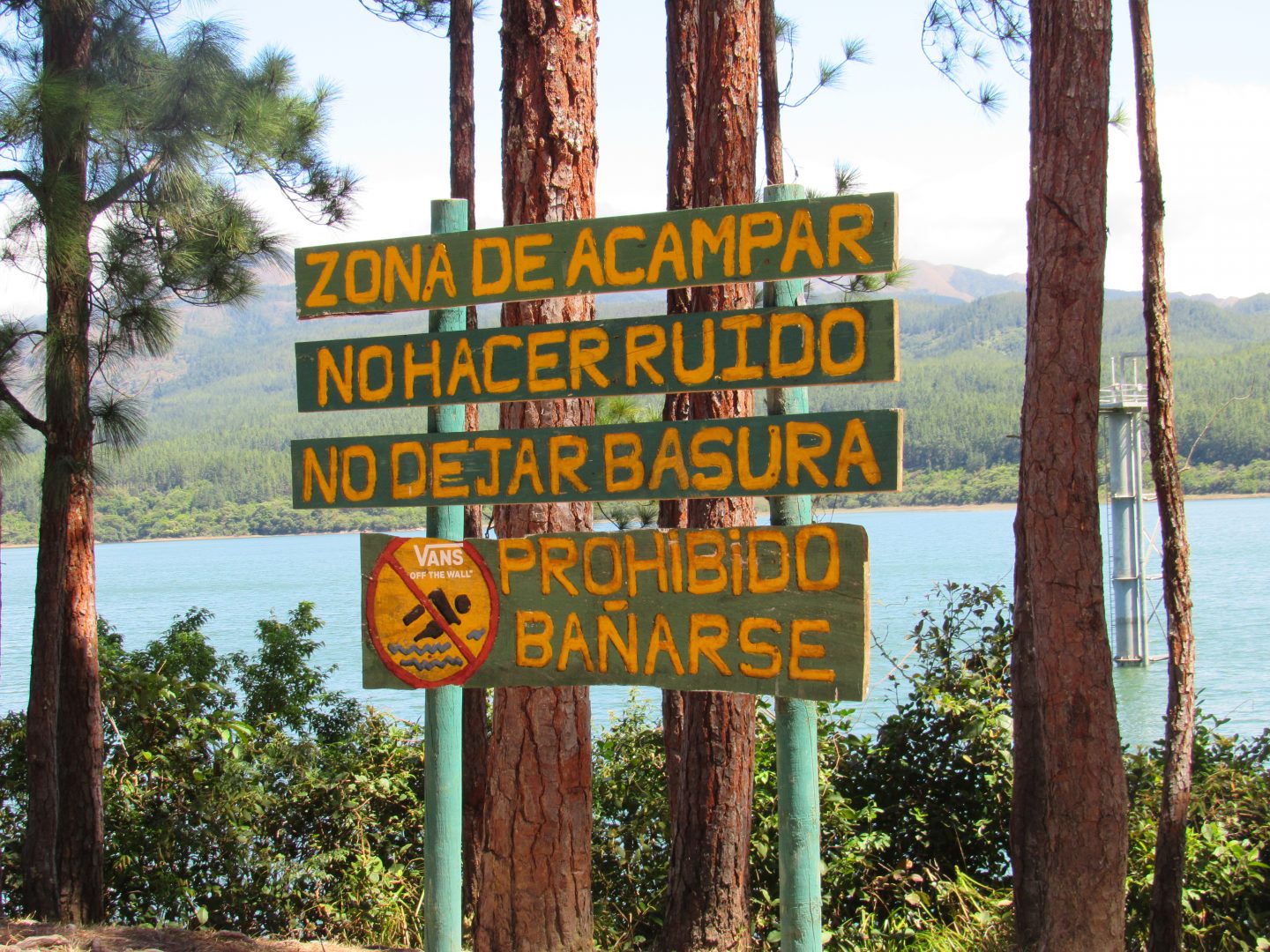
The locals and some tourists used to swim to the tower but in 2016 a 17 year old boy died and I think that was the cause of the ban. There are no lifeguards to attend but I think that if you want to bathe on the shore there is no problem.
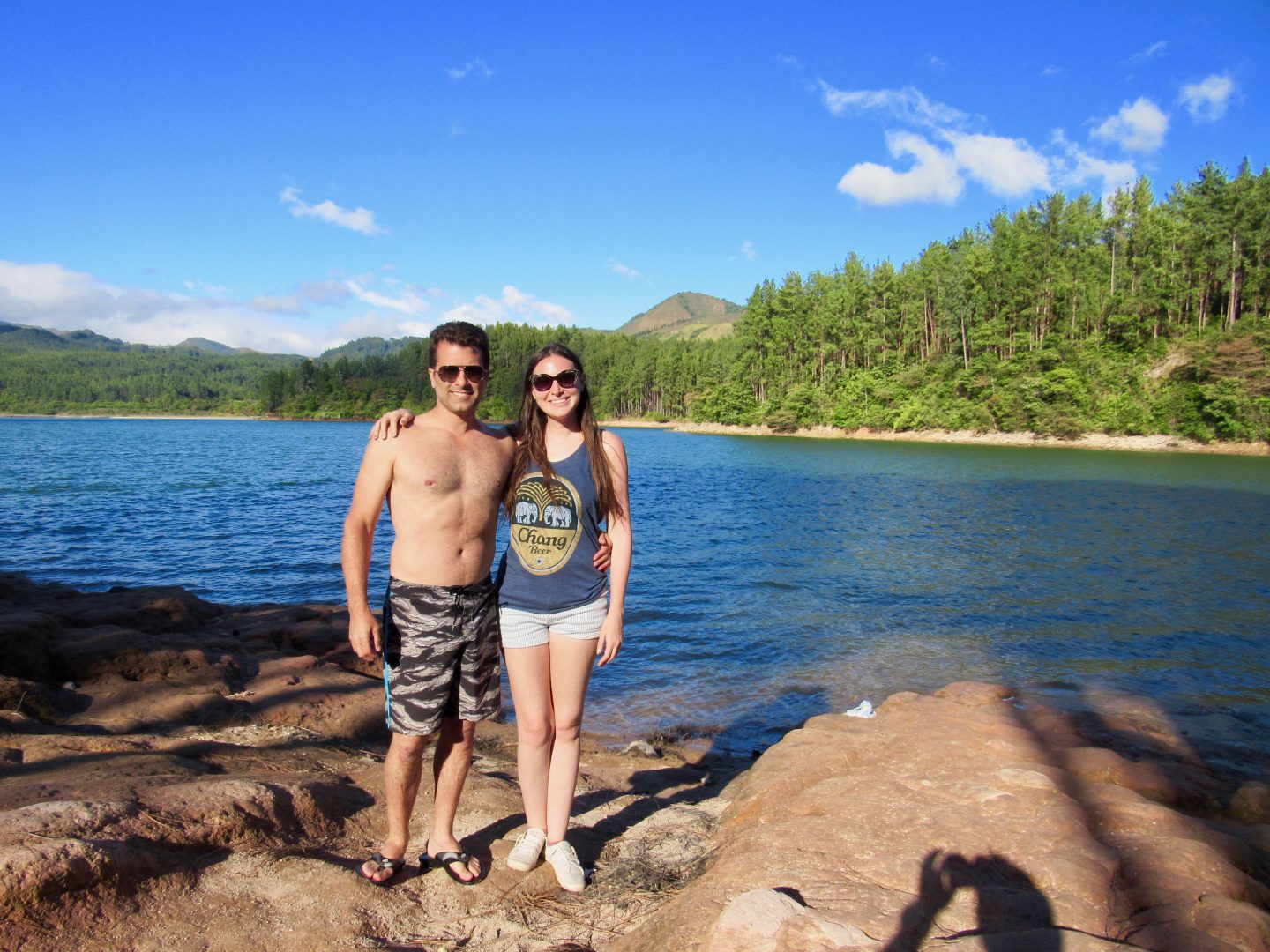
Since we went in the summer, the breeze was quite strong and created current. Many people rent kayaks or carry their SUP boards to exercise on the lake.
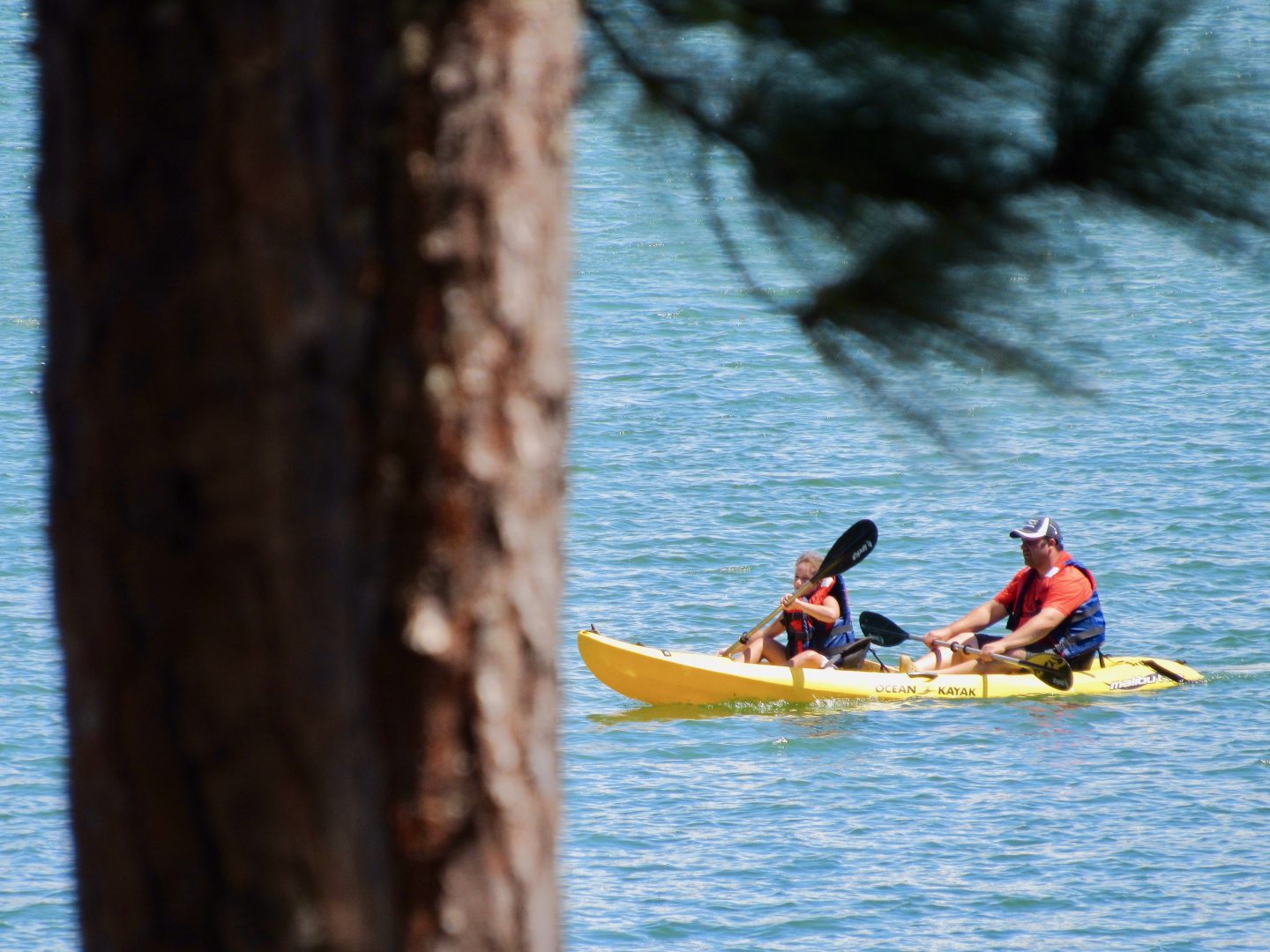
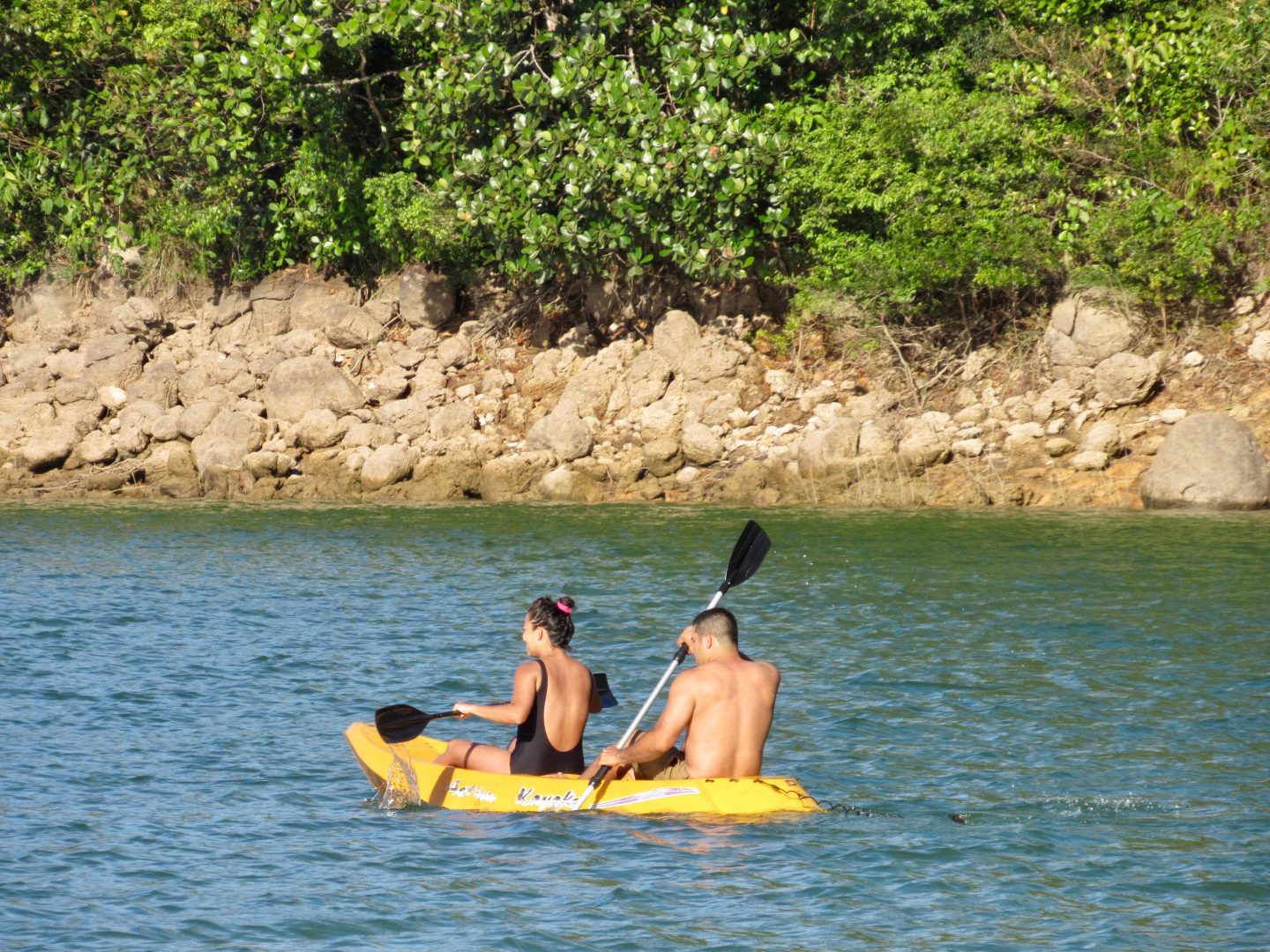
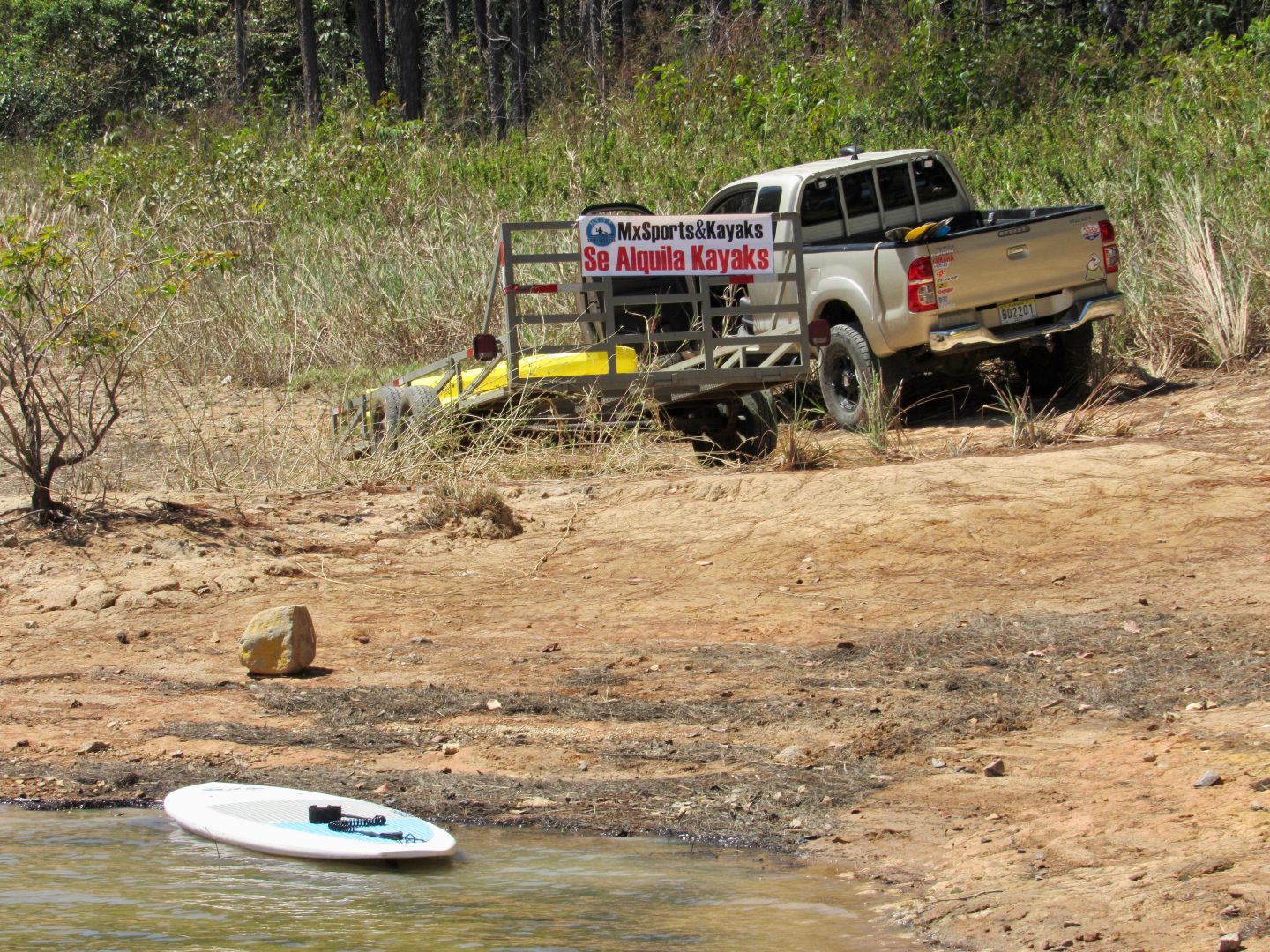
You can spend the day exploring the waterfall located where you register to enter.
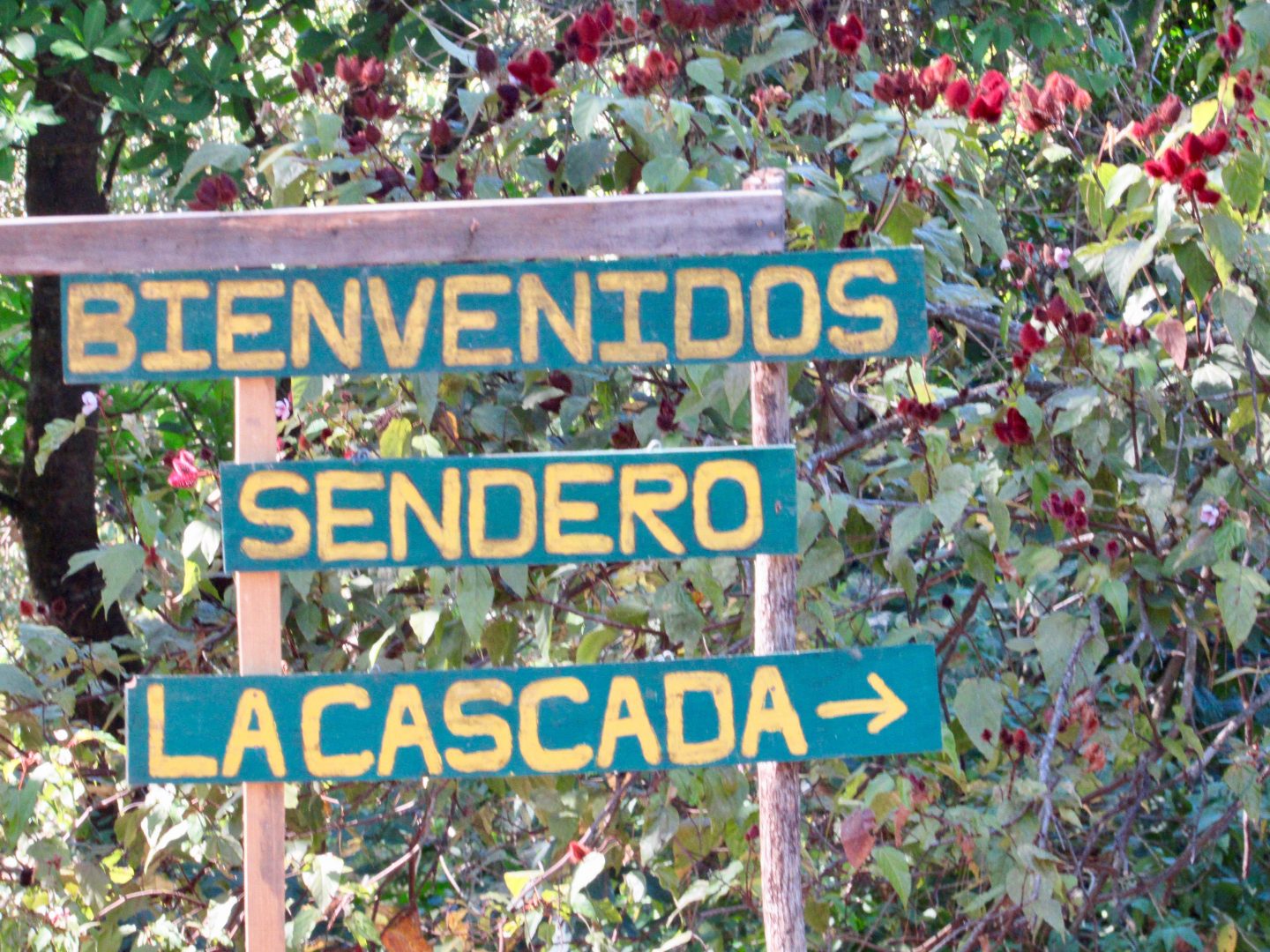
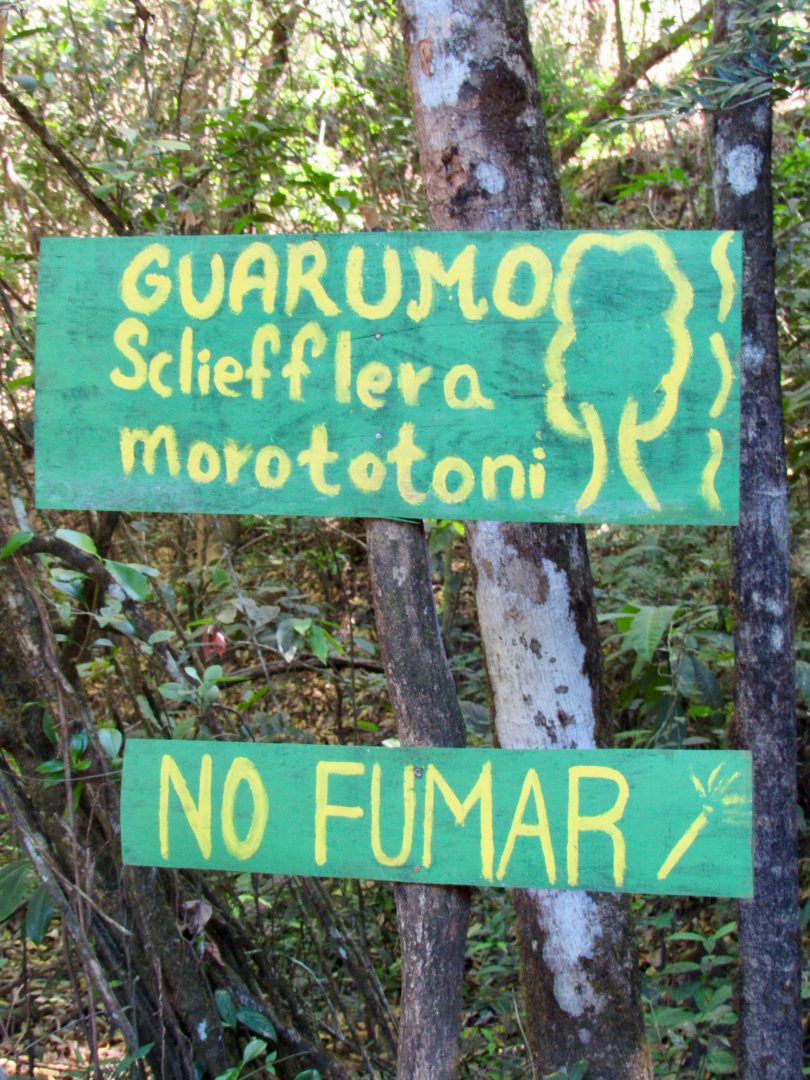
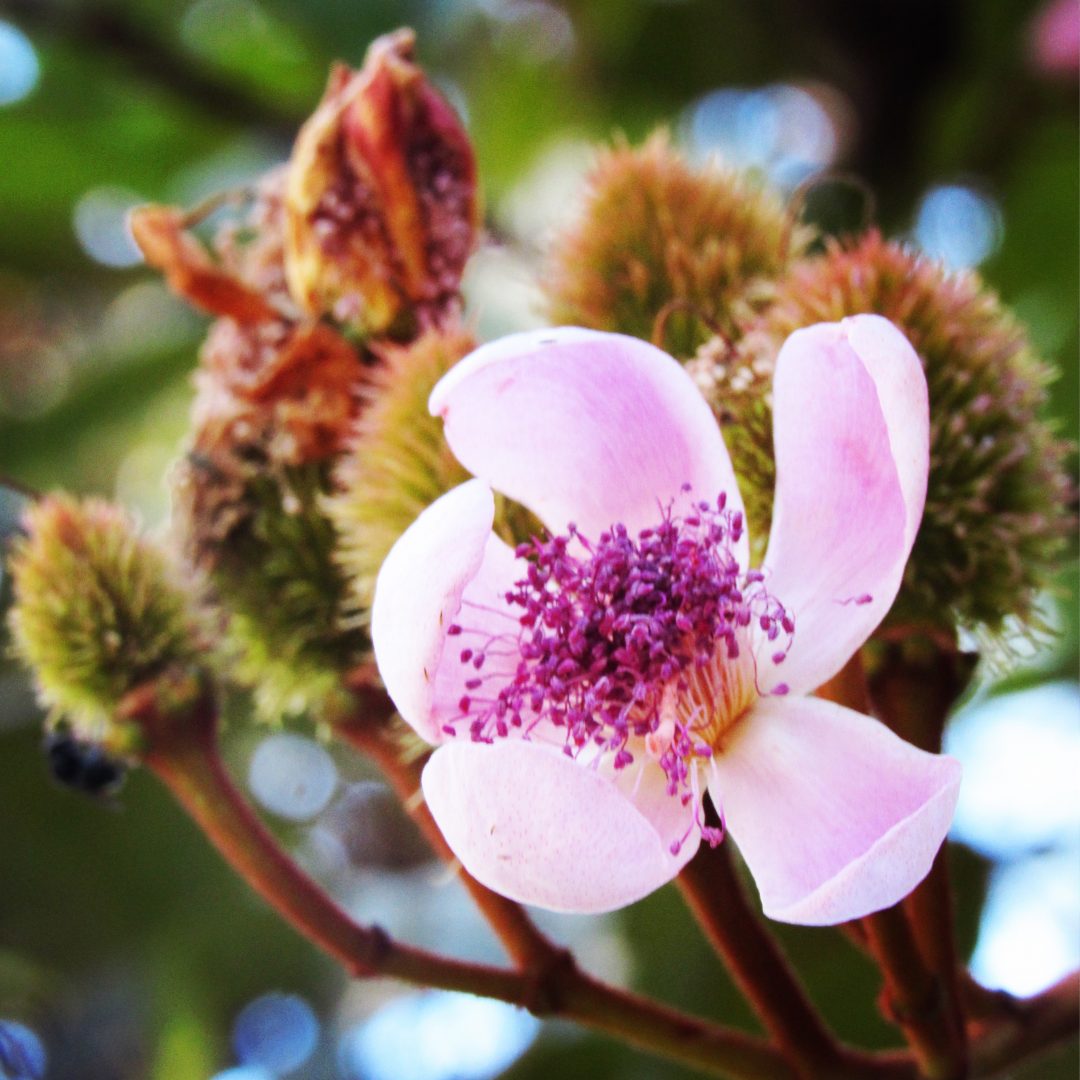
Cross a small bridge to reach the famous waterfall that is an ideal place to bathe. You must be careful because the stones are a bit slippery. The water was cold but it felt great because of the heat outside.
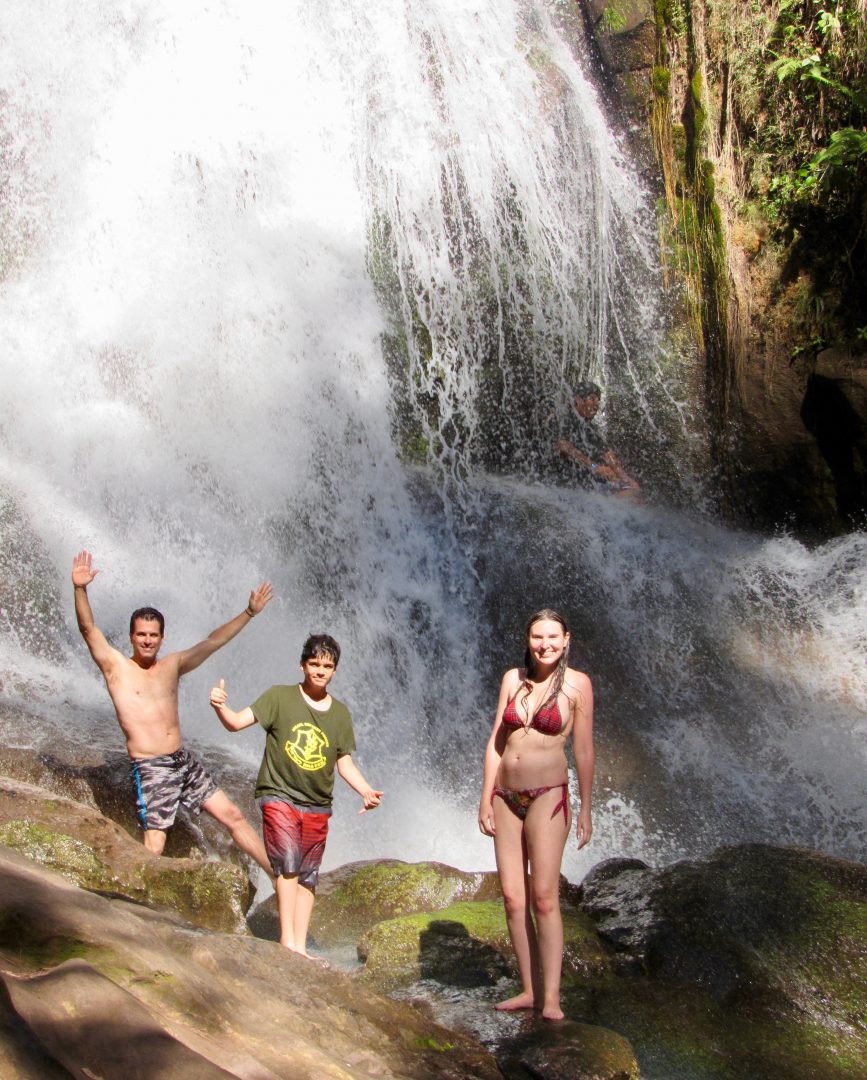
If you do not want to bathe you can go up some rustic stairs to get to a lookout to take a closer photo. It is beautiful as the light reflects in the water of the waterfall and creates a rainbow.
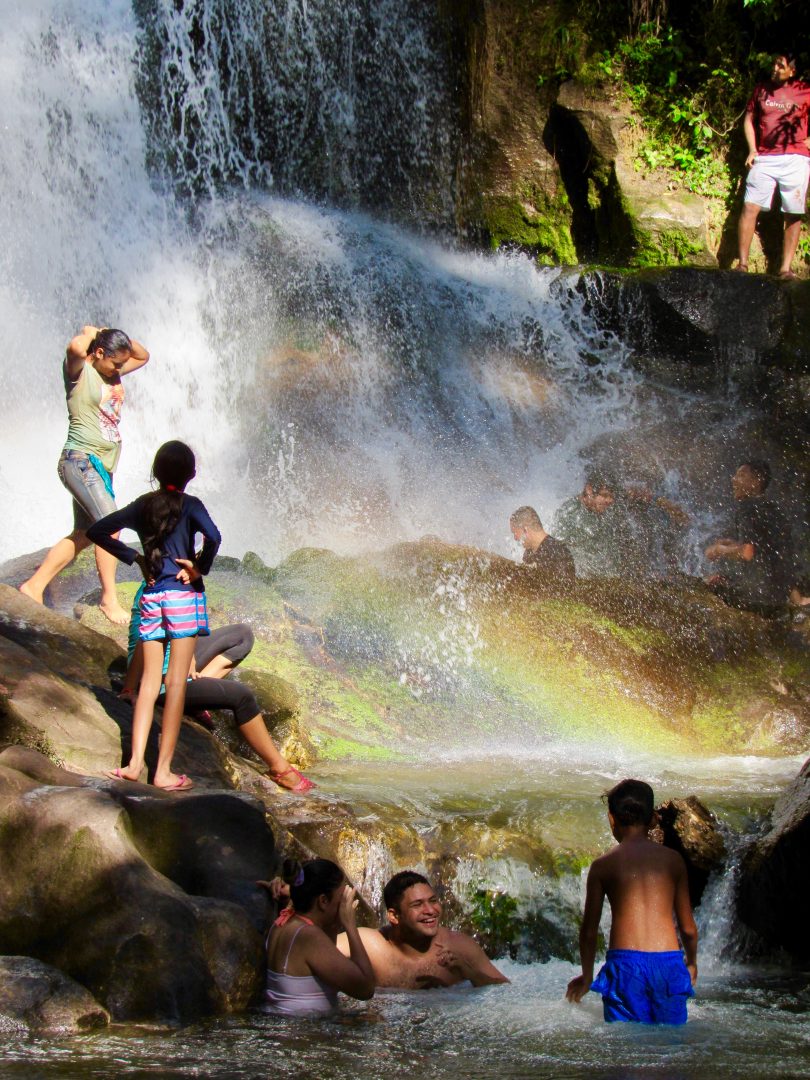
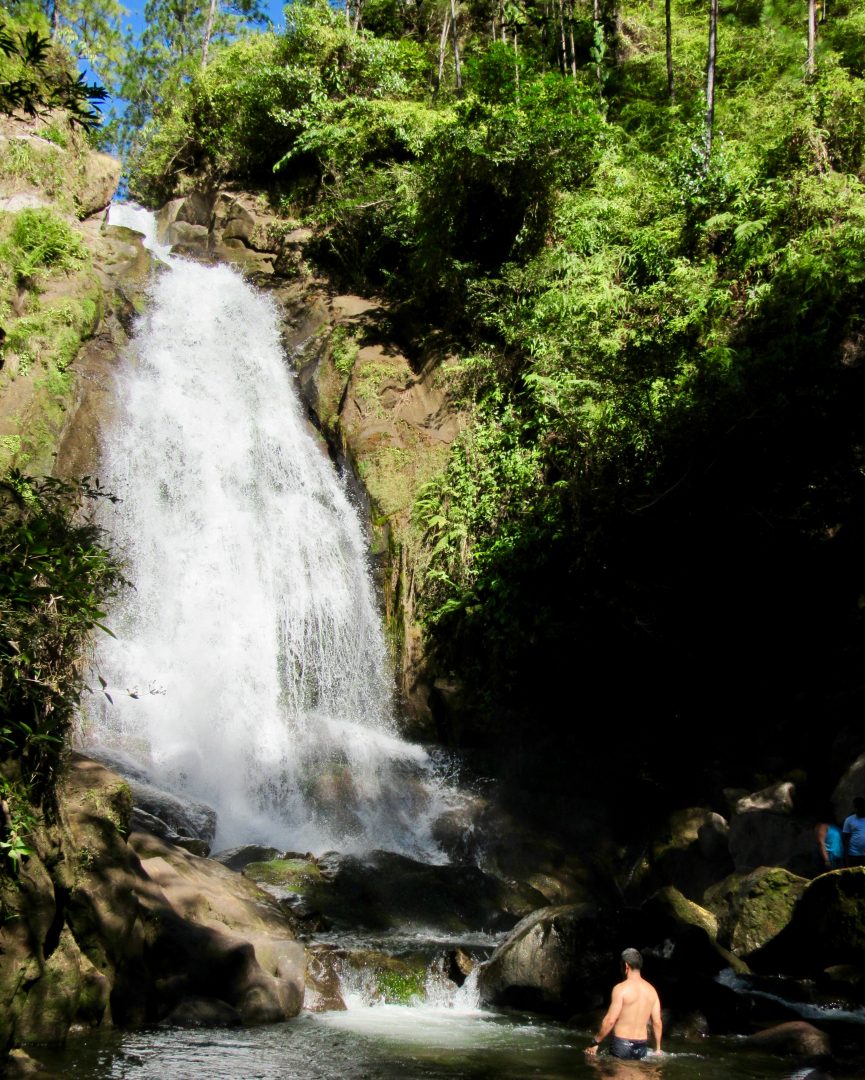
Some people camp in La Yeguada to go to Chorro La Silampa the next day. This jet is popular because of its crystal clear waters and is located in Chitra, in the district of Calobre. You must walk about two hours to get to it.
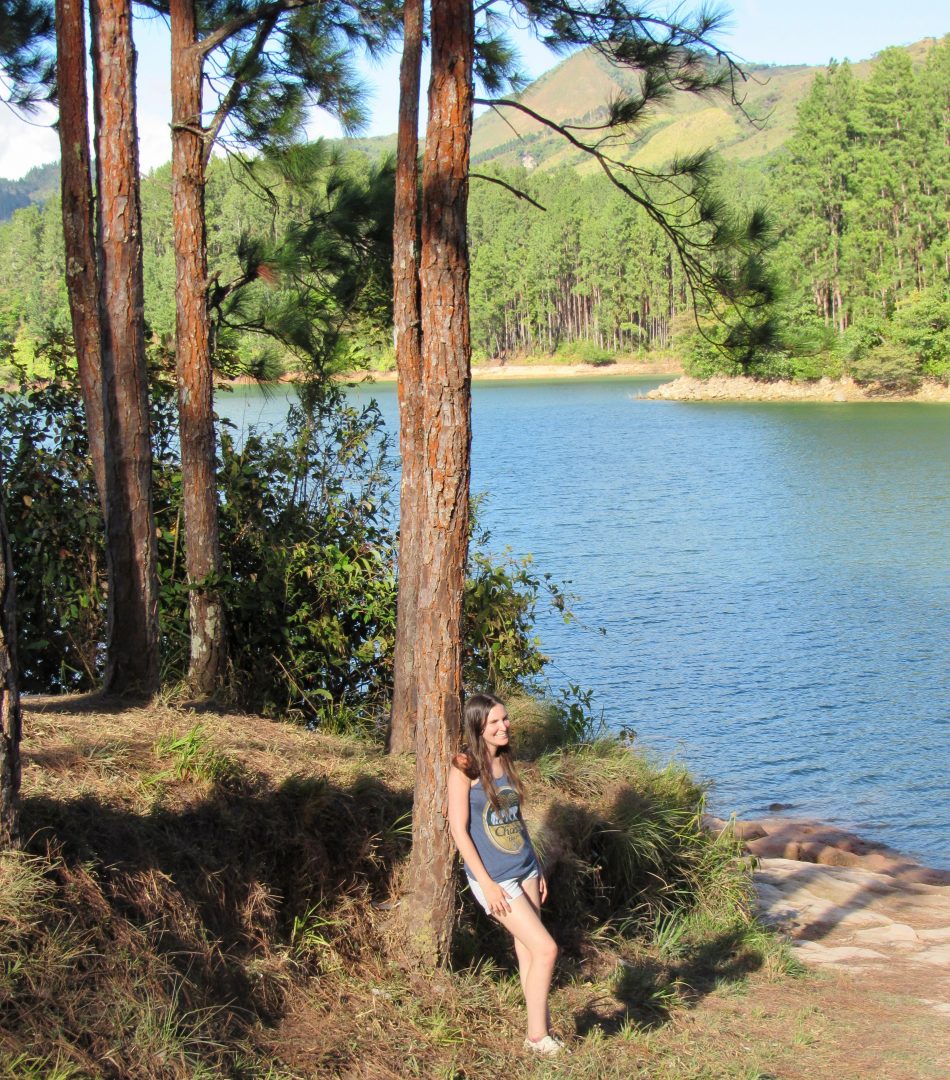
At night you can make a small fire and take out your barbecue to prepare dinner. Some people carry guitars or play music, but it is important to keep the volume low so you don’t disturb others.
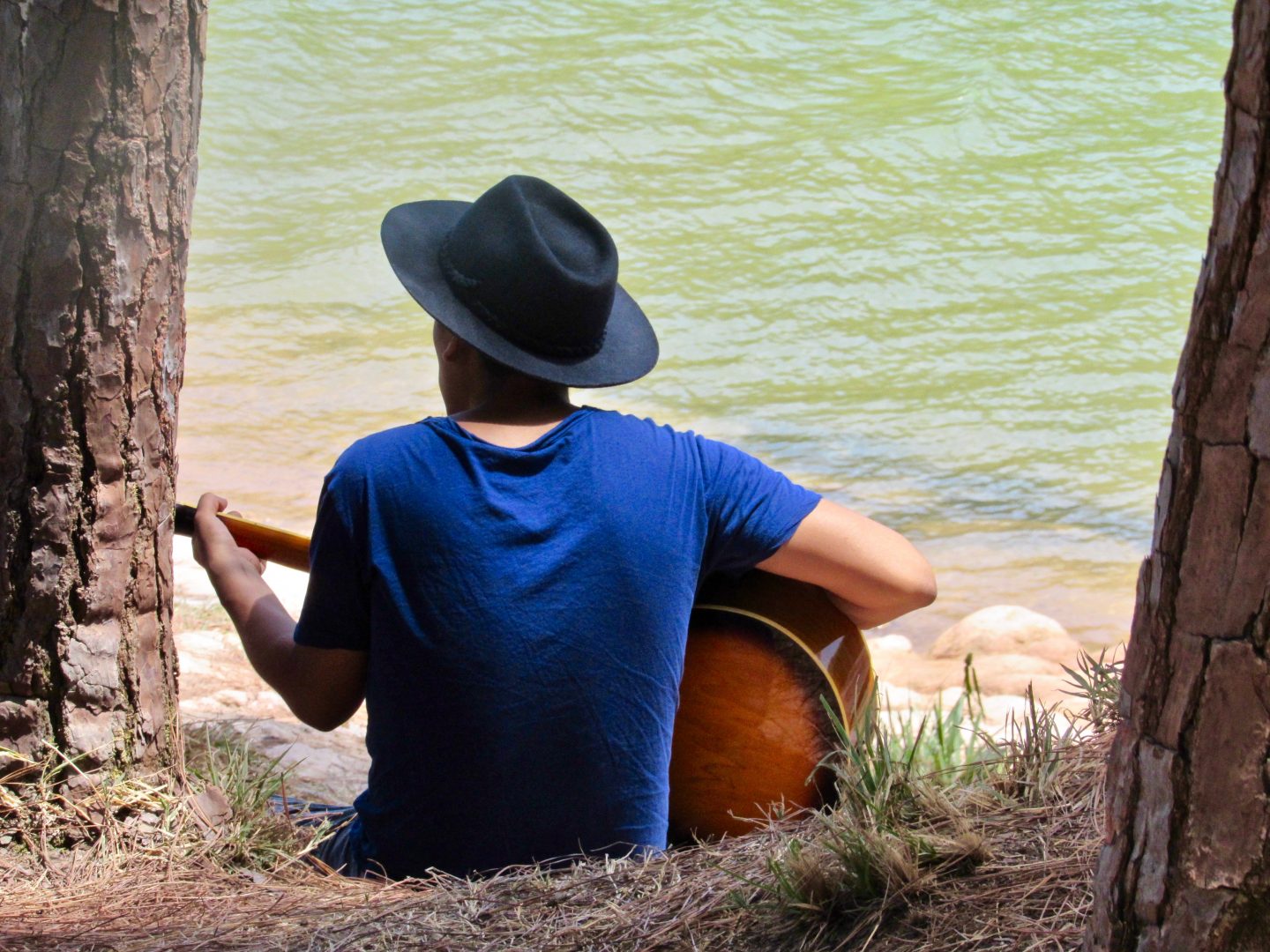
Camping areas
In 2018, the Ministry of Environment of Panama sent a notice to remove the entrance charge; before you had to pay $2 per car, $2 per person and $5 for tent. There was also a regulation on the carrying capacity for the most desirable area in front of the lake and reservations were needed.
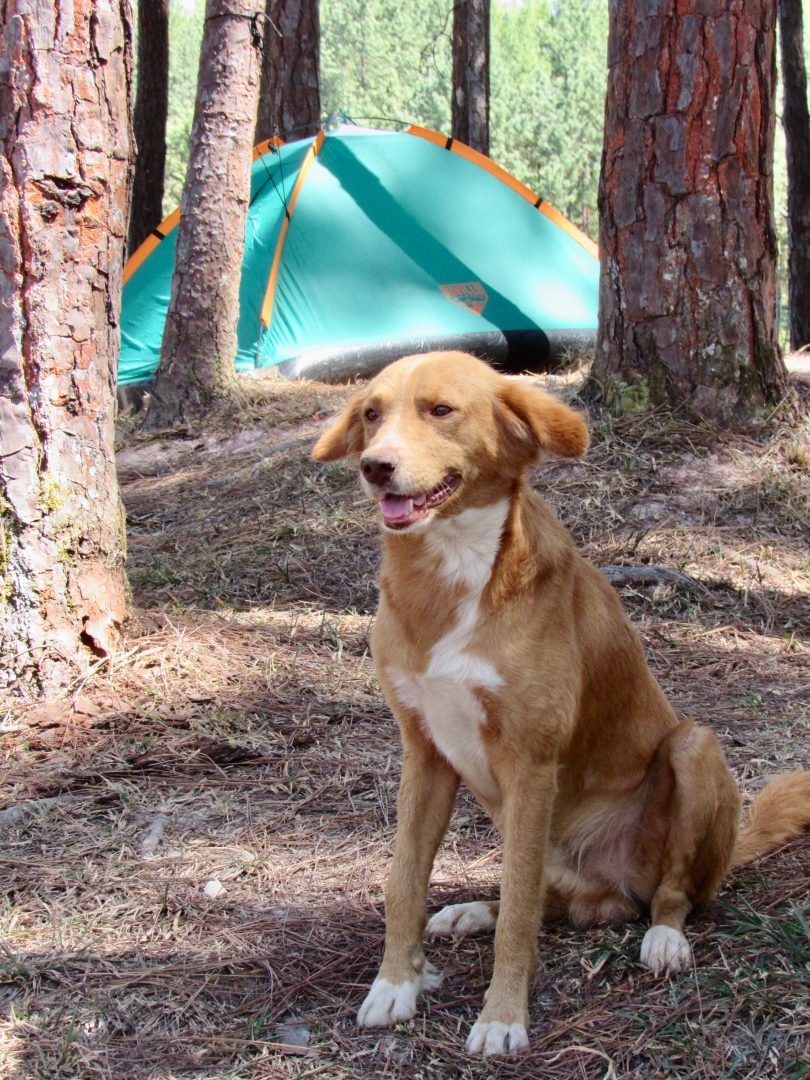
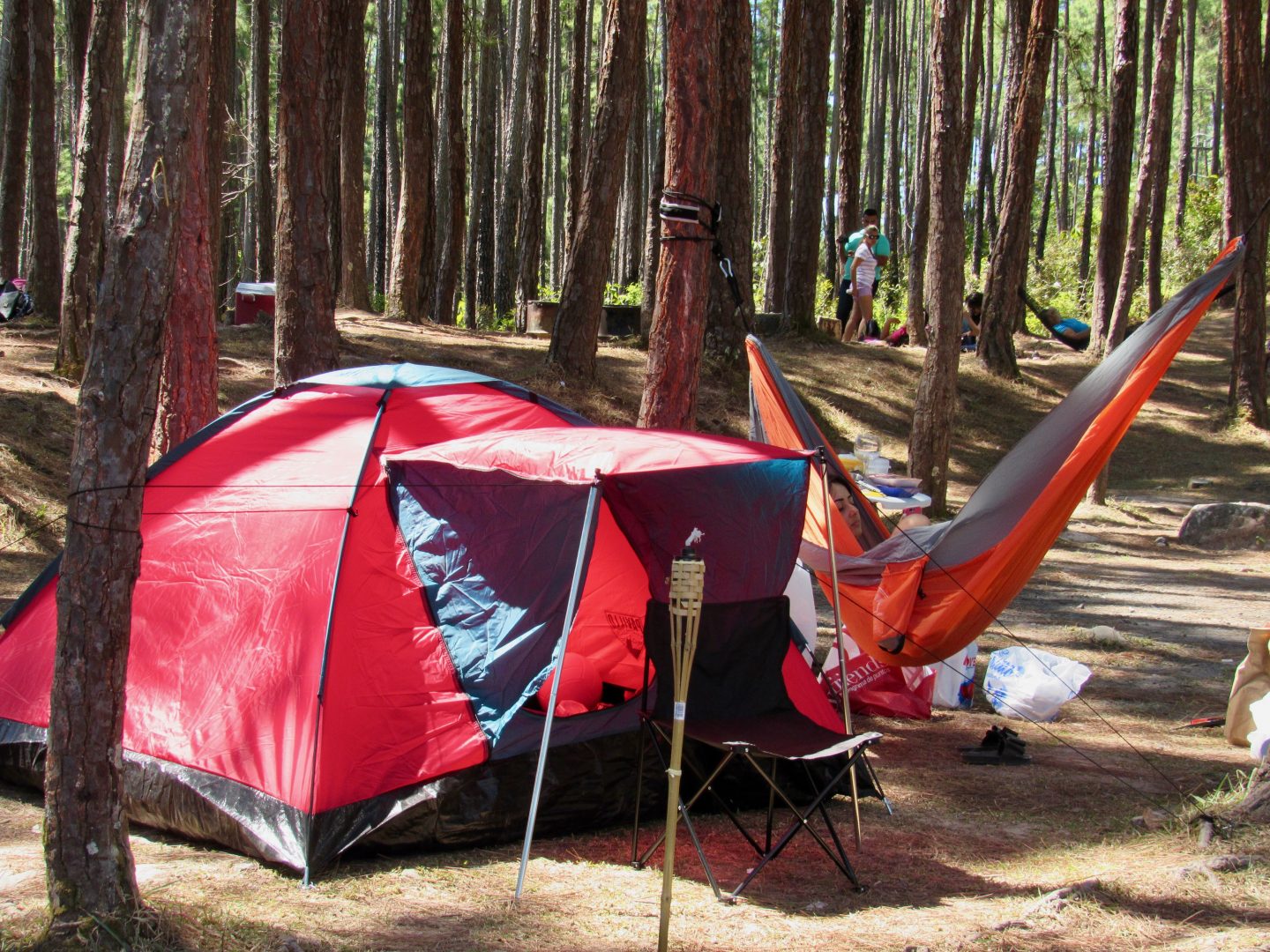
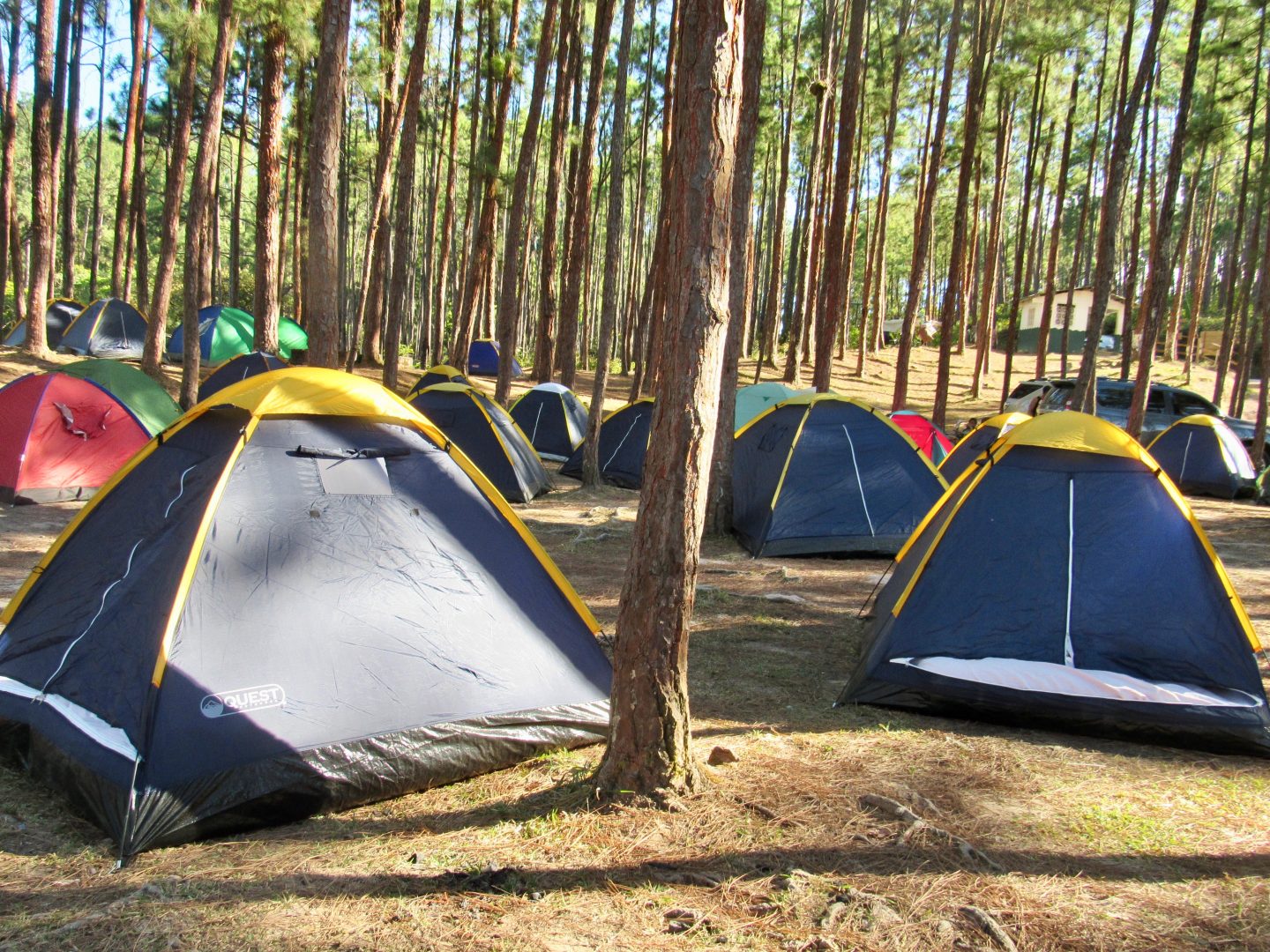
We arrived at the government booth where an official told us that we had to register in his book. We asked about the payment and he told us that he did not know what had happened but it was not necessary anymore. Then he saw my camera and he wanted to charge me $36 for it. He let me in after I told him flatly that I was not going to shoot anything for commercial use.
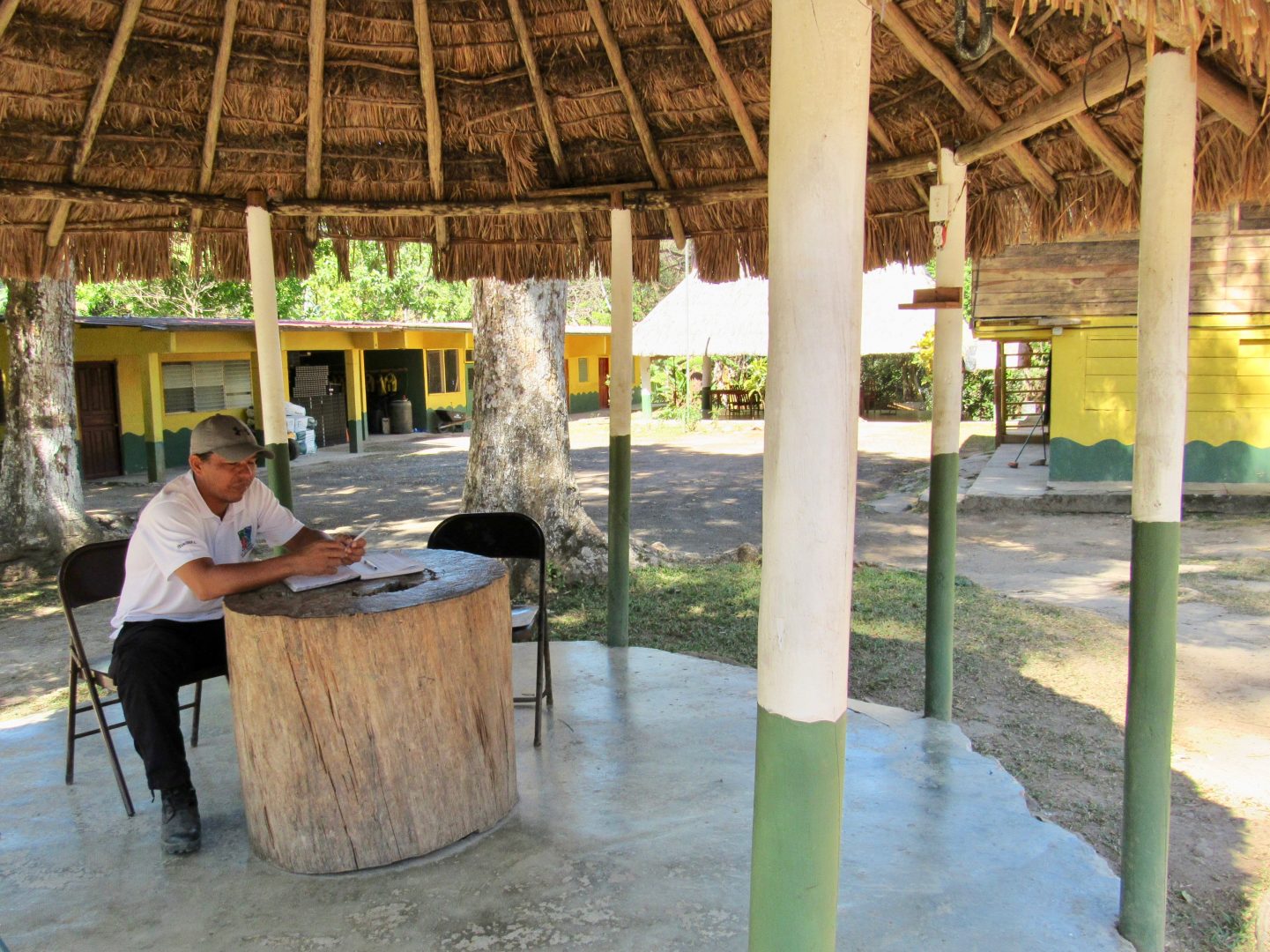
There are several private grounds that allow you to camp and have better facilities than those offered by the Ministry of Environment.
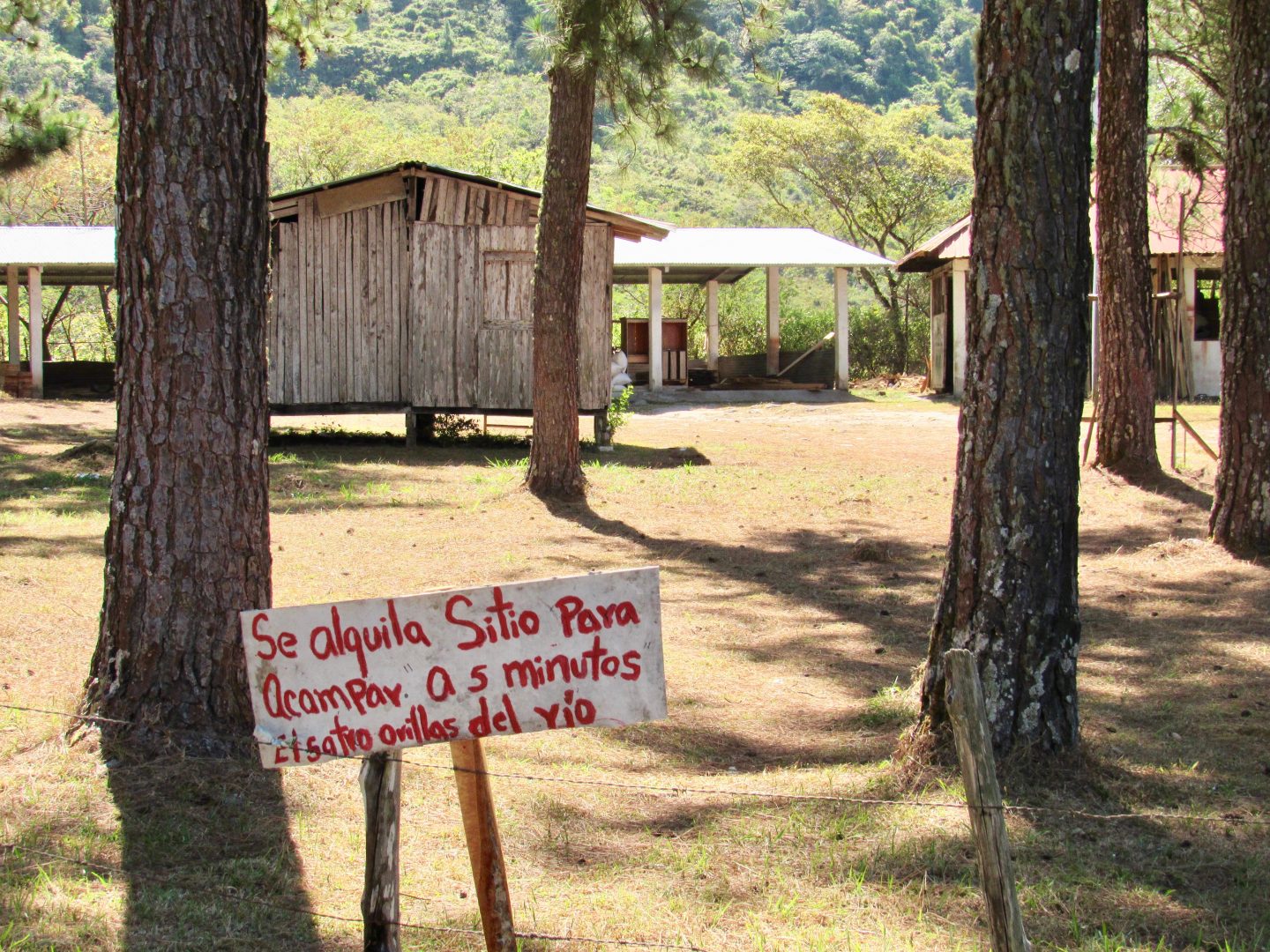
You can also camp in the registration area (which is near the waterfall). They have an ugly bathrooms and showers that have a jet covered by a square wooden structure.

Our group, which included children, decided to sleep on the site facing the lake. We arrived early and chose a good space but we never thought that it would fill up so much.
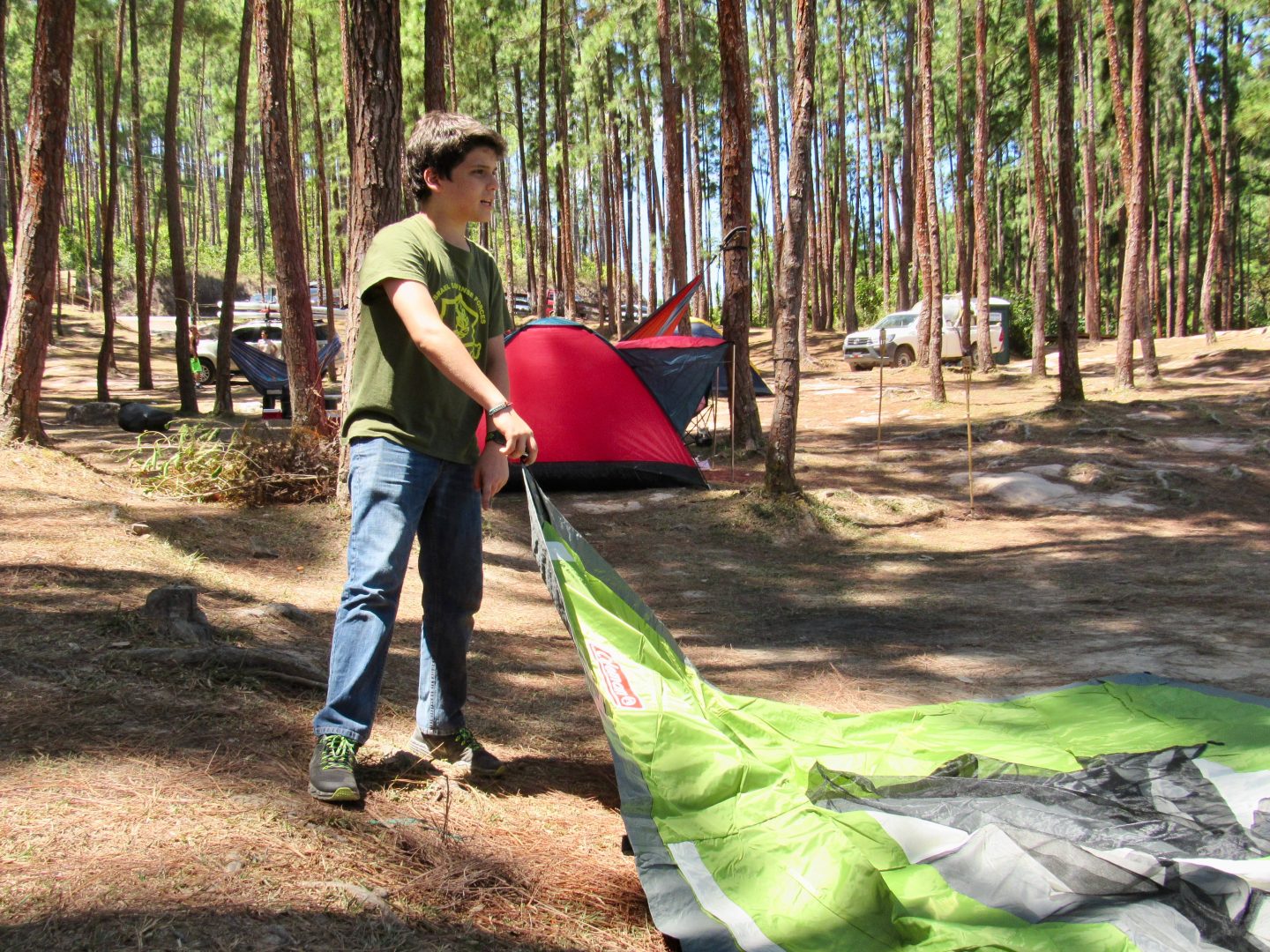
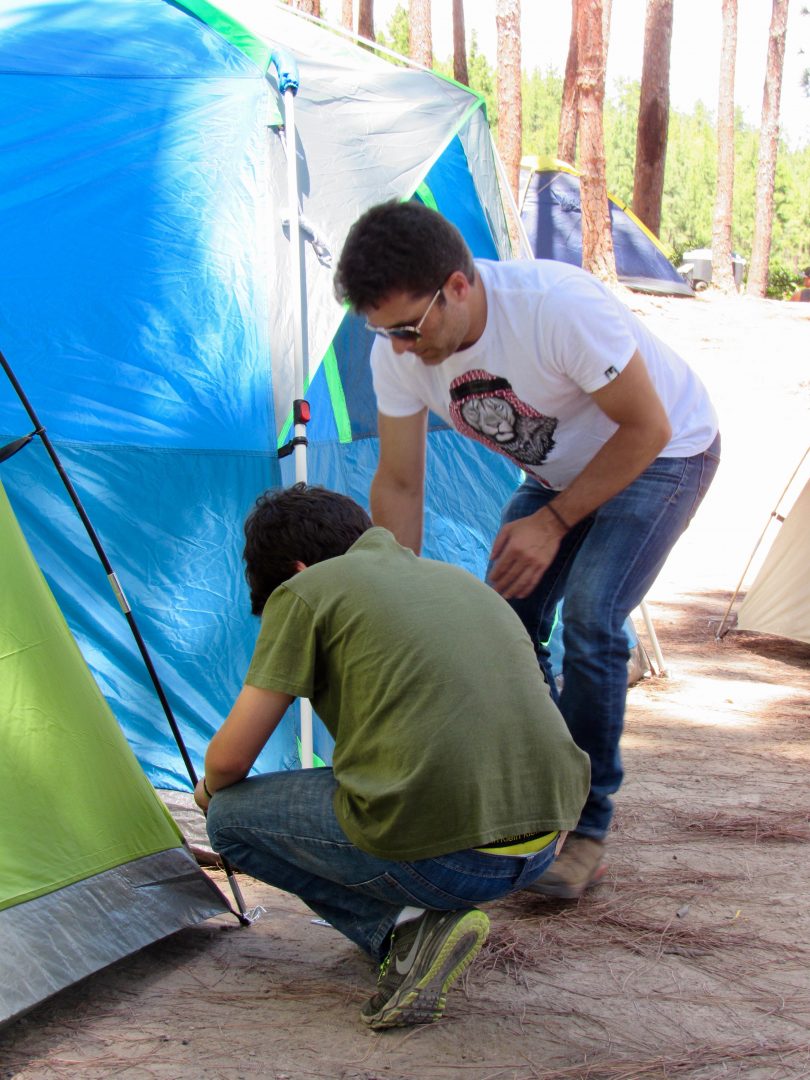
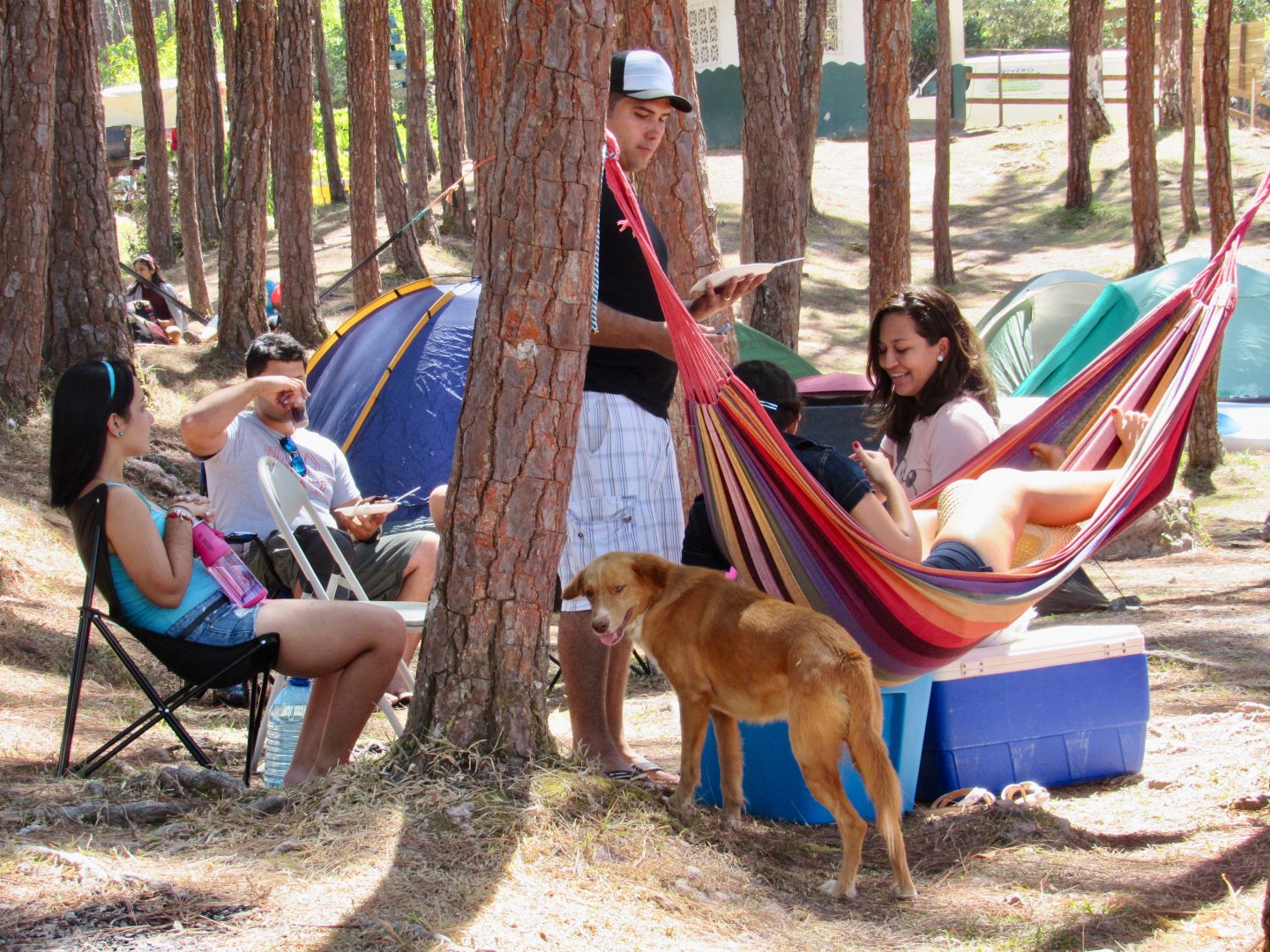
People continued to arrive until late at night, many very badly prepared, to mount their tents using lanterns. Each group had their music and stole the natural peace from the site. Obviously, I did not sleep all night and I was in a bad mood the next morning. They have police officers until 11 p.m. to “control the area” despite the signs that say no noise.
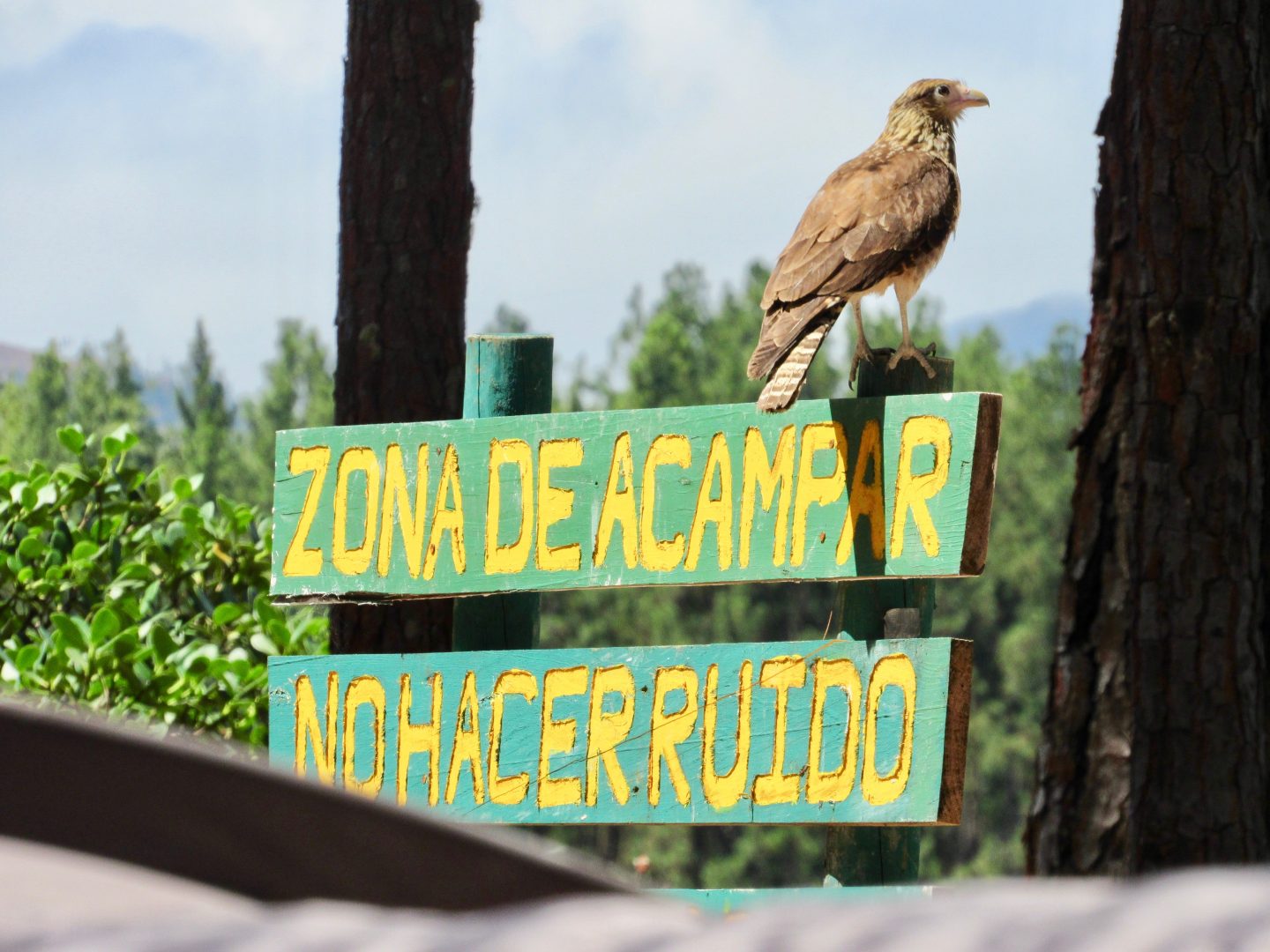
If you visit this beautiful place I recommend that you do not go on a Saturday and less on holidays. If you do, do not stay in front of the lake.
What to bring?
The first thing you should pack is your camping tent, followed by your inflatable mattress, pillows, sheets and towels. It is preferable to arrive early to be able to choose a good place to mount the tent and do it during daylight. For more comfort you can also bring folding chairs.
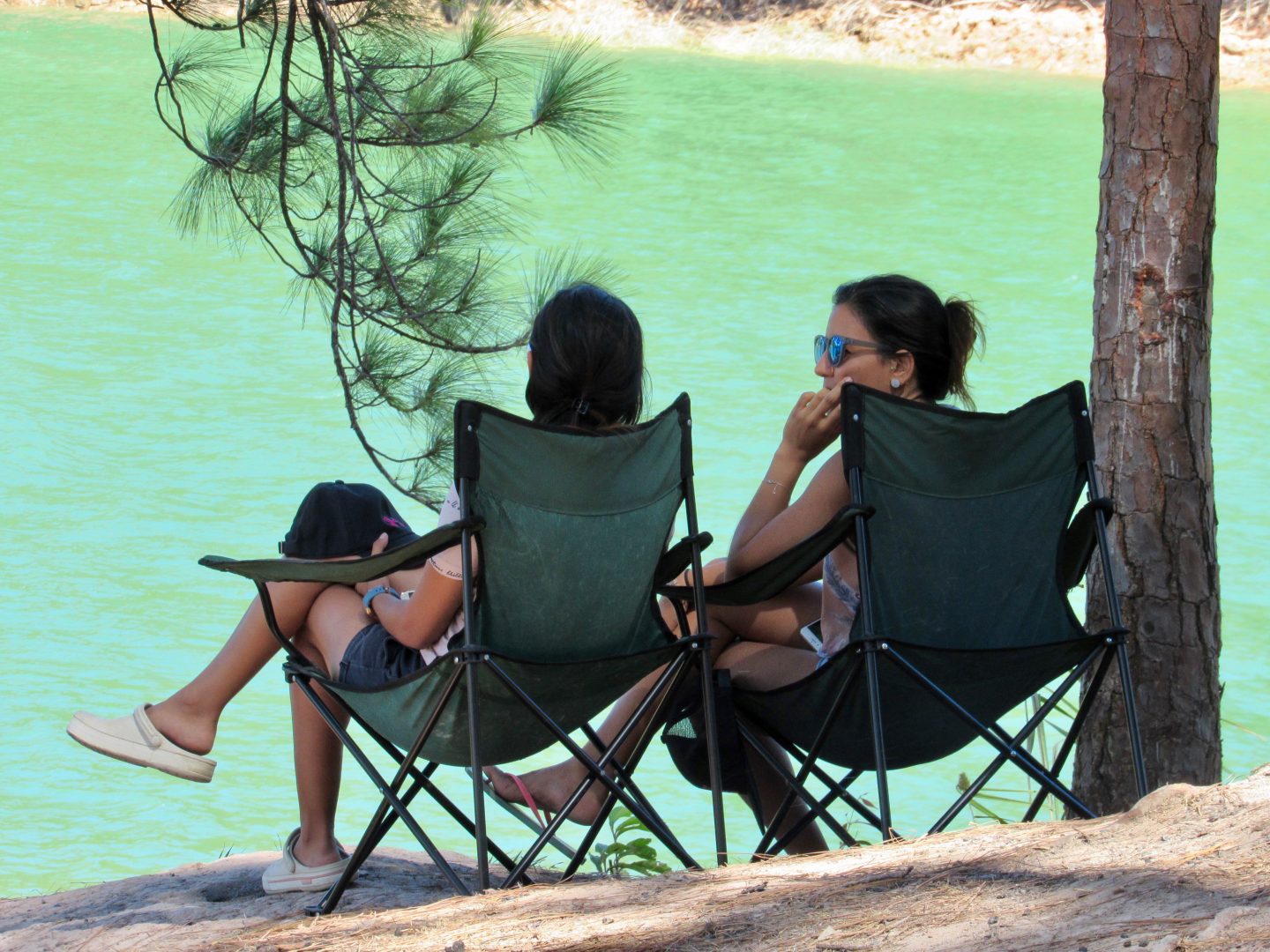
The most practical thing is to take a barbecue with charcoal and cook in it. Another option are portable gas stoves that work well, even when there is a breeze.
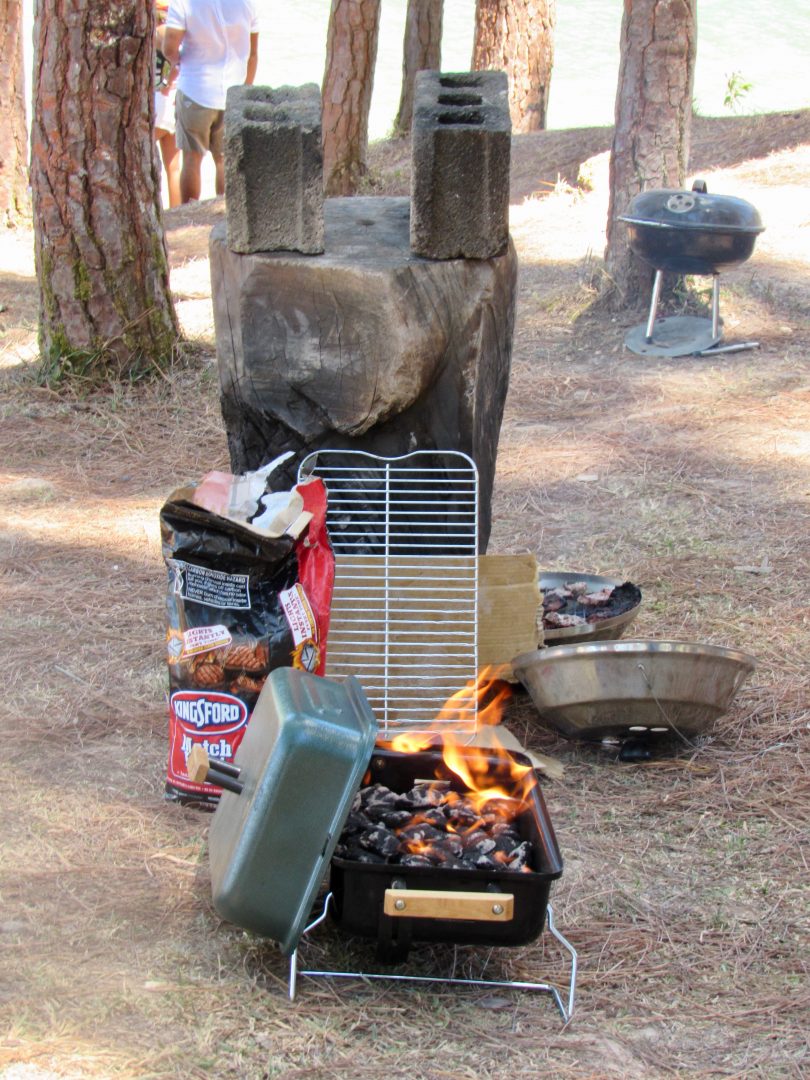
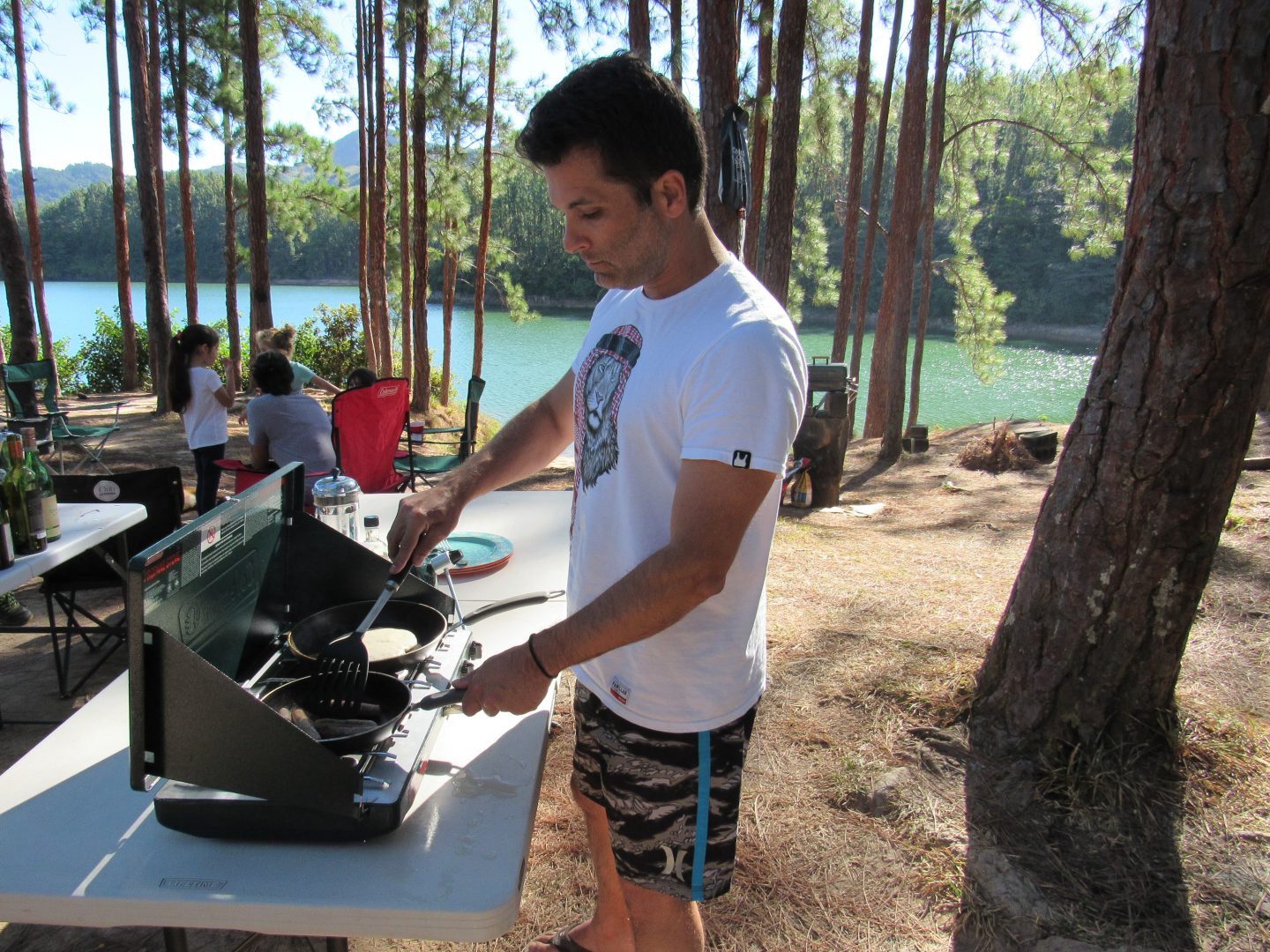
In the area there are several small restaurants and convenience stores.
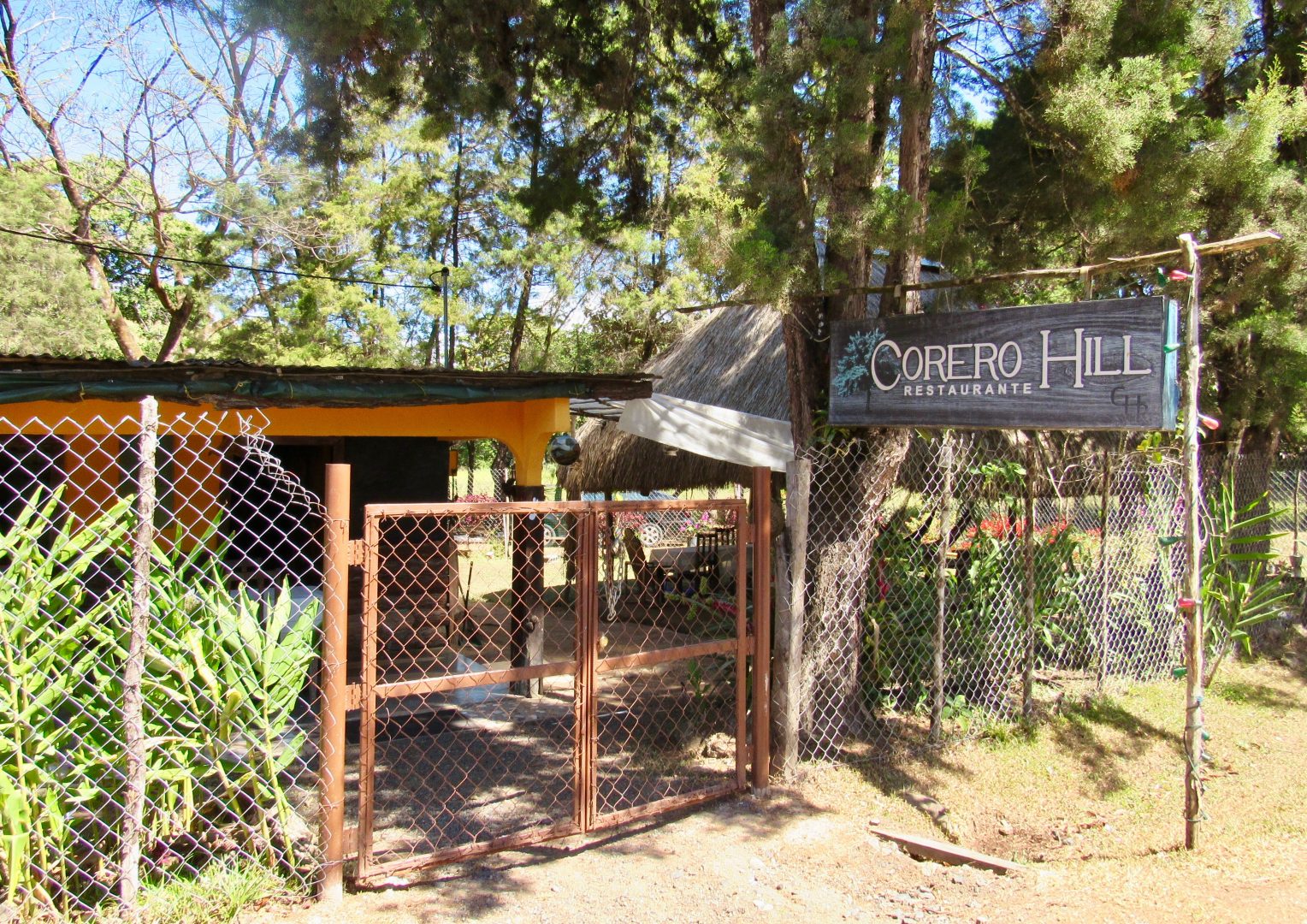
If you have kids take enough food to snack and drink. For adults you can put beers or wine in the cooler. The next day we put all the trash in bags that we had brought and a man took them. You have to pay $1 for the bag, which is quite reasonable. It is important that you do not leave trash and keep the beauty of the site.

As there is no real bathroom on the site in front of the lagoon, it is possible to rent one for $80 a night with a company called TecSan that leaves the porta potty on site and picks it up. We were four families so we divided the cost and it came out very cheap. Definitely worth it because the alternative was “seedy” as we say in Panama. We brought a padlock to lock the bathroom and toilet paper.



